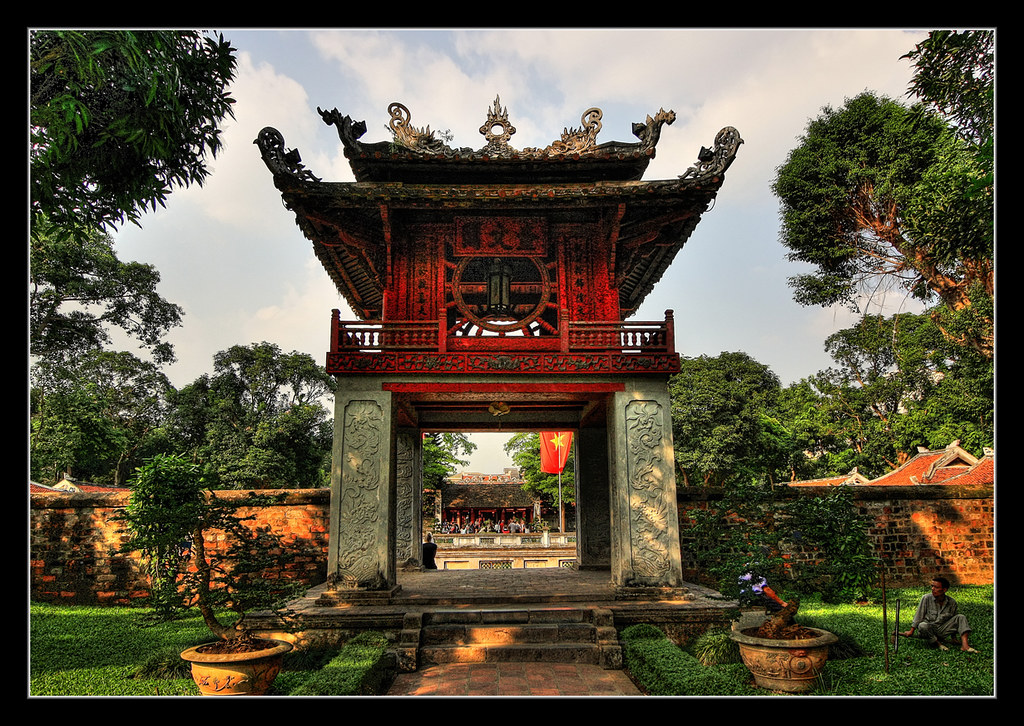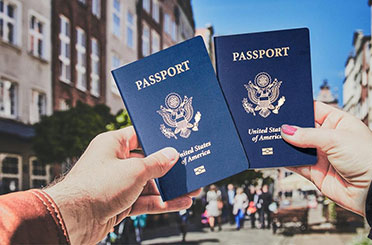Mekong Delta: Everything You Need to Know Before Visiting
The Mekong Delta, also called the “Rice Bowl of Vietnam,” is a vast and fertile region in the southern part of the country. Known for its winding waterways, lush landscapes, and rich cultural heritage, it is a top destination for travelers seeking a glimpse of authentic rural life in Vietnam. With bustling floating markets, traditional handicrafts, and peaceful villages, the Mekong Delta offers something for everyone.
Whether you're planning a tour of Cai Be's floating market, cruising along the canals of Can Tho, or savoring the local cuisine, this guide provides everything you need to know before visiting. From navigating the region's famous boat tours to discovering hidden gems like Tra Su cajuput forest, you'll be fully prepared to experience the charm and diversity of the Mekong Delta.
I. Mekong Delta Weather and Geographical Features
The Mekong Delta is known for its tropical monsoon climate, which consists of two distinct seasons: the rainy season (May to November) and the dry season (December to April). During the rainy season, the delta experiences heavy but short-lived showers, which contribute to the lush greenery and fertile soil. The dry season, on the other hand, is marked by sunny days and pleasant temperatures, making it the ideal time for visitors.
Geographically, the Mekong Delta is a vast network of rivers, canals, and swamps. The region's landscape is dominated by rice paddies, fruit orchards, and mangrove forests, all nourished by the waters of the Mekong River, which flows over 4,000 kilometers from the Tibetan Plateau, through six countries, before splitting into multiple distributaries in Vietnam.
The delta’s flat terrain and constant access to water make it one of the most agriculturally productive regions in Vietnam, earning it the nickname “Vietnam’s Rice Basket.” It’s also home to diverse ecosystems, supporting a variety of wildlife, including migratory birds, fish, and other aquatic life.
Overall, the Mekong Delta's geography and weather play a significant role in shaping its culture, agriculture, and way of life, providing visitors with unique experiences that are deeply connected to the natural environment.
II. Getting Around the Mekong Delta
Navigating the Mekong Delta can be an adventure in itself due to its extensive network of rivers, canals, and winding waterways. Here are the most common ways to get around the region:
Boat and Ferry: The most iconic way to explore the Mekong Delta is by boat. Local ferries, traditional sampans, and larger tourist boats offer various options for travelers. You can experience life on the water, floating past rice paddies, visiting markets, and observing daily activities along the riverbanks. Many towns, like Can Tho and Cai Be, serve as popular starting points for boat tours. Opt for a small wooden boat for a more intimate experience navigating the narrow canals or a larger cruise for comfort and longer trips.
Cycling: Cycling is a popular mode of transportation for those who want to get up close and personal with the delta's rural charm. The flat landscape makes it easy to ride through local villages, rice fields, and fruit orchards. You can rent bikes from local guesthouses or tour operators, especially in areas like Ben Tre or Vinh Long, which are known for their quiet, scenic roads.
Motorbike: For independent travelers, renting a motorbike is a great option. It allows you to explore at your own pace and visit off-the-beaten-path destinations. Many local shops offer motorbike rentals in major towns such as Can Tho or My Tho. Keep in mind that roads can be narrow and sometimes unpaved, so ride with caution.
Public Bus and Shuttle Services: Buses and minivans operate between major towns and cities in the delta, such as Can Tho, My Tho, and Vinh Long. While they don’t offer the same scenic experience as boats, they are an affordable and reliable option for getting around. Shuttle services are also available for those traveling between the delta and larger cities like Ho Chi Minh City.
Private Car or Taxi: For convenience, especially if you’re short on time, hiring a private car or taxi is a comfortable way to travel between destinations. Many tour operators offer private transfers as part of their packages, allowing you to explore the delta without worrying about transportation logistics.
Mekong Delta Tours: Many visitors choose to explore the delta through organized tours, which often include boat trips, cultural visits, and transportation between key destinations. Tours can range from half-day excursions to multi-day trips, with options for both budget and luxury travelers. This is an easy way to ensure you experience the highlights of the delta without having to plan the logistics yourself.
No matter which mode of transportation you choose, getting around the Mekong Delta offers a unique perspective on this lush, water-based region, allowing you to immerse yourself in its natural beauty and vibrant culture.
III. Top Experiences in the Mekong Delta
The Mekong Delta is brimming with unique experiences that offer visitors a glimpse into the region's natural beauty, culture, and history. From exploring lush landscapes to visiting ancient houses, here are the top must-do activities in the Mekong Delta:
1. Exploring the Natural Beauty of the Mekong Delta
2. Visiting Ba Duc Ancient House in Tien Giang
3. Exploring Tra Su Cajuput Forest
4. Enjoying the Water and Moon Festival in Phnom Penh
5. Visiting the Angkor Temples
IV. Mekong Delta’s Unique Cuisine and Fruit Paradise
The Mekong Delta is not only famous for its picturesque landscapes but also for its vibrant and diverse cuisine. The fertile soil and abundance of water allow for a rich variety of fresh ingredients, making the delta a culinary paradise. From exotic fruits to signature dishes, the Mekong Delta offers visitors a unique taste of southern Vietnam’s food culture.
1. Tropical Fruit Heaven
The Mekong Delta is often referred to as a “fruit paradise” due to its wide variety of tropical fruits, many of which are grown in the delta’s lush orchards. Some of the most popular fruits you’ll find here include:
Durian: Known for its strong smell, durian is a local favorite for its creamy texture and sweet, custard-like flavor.
Mangosteen: This refreshing fruit is prized for its juicy, sweet, and tangy flavor. Its dark purple shell hides a white, segmented flesh that melts in your mouth.
Rambutan: With its hairy red skin, the rambutan may look strange, but its juicy, slightly tart flesh is a delight.
Pomelo: A large citrus fruit with a mild, sweet flavor, pomelo is often served fresh or in savory salads.
Dragon Fruit: This bright pink fruit with white or red flesh speckled with tiny seeds is mild and refreshing, perfect for a hot day.
Coconut: In the Mekong Delta, coconut water is the ultimate refresher, and its flesh is used in everything from curries to candies.
You can explore fruit orchards in provinces like Ben Tre and Tien Giang, where many farms offer tours, allowing you to pick and taste these fruits straight from the trees.
2. Signature Dishes of the Mekong Delta
The Mekong Delta's cuisine is a harmonious blend of flavors-sweet, salty, sour, and spicy-using fresh herbs, tropical fruits, and seafood. Here are some of the must-try dishes:
Hu Tieu (Rice Noodle Soup): Hu Tieu is a popular noodle dish in the Mekong Delta, often enjoyed as a breakfast staple. It consists of clear and chewy rice noodles in a savory broth, topped with shrimp, pork, or seafood, and garnished with fresh herbs and crispy fried onions.
Banh Xeo (Vietnamese Pancake): This crispy, savory pancake is made from rice flour and turmeric, filled with shrimp, pork, and bean sprouts. It’s typically served with fresh herbs and lettuce for wrapping, accompanied by a tangy dipping sauce. Banh Xeo from the Mekong Delta is known for its large, crispy size and rich flavors.
Ca Loc Nuong Trui (Grilled Snakehead Fish): Snakehead fish is a popular freshwater fish in the delta, often grilled whole over an open fire. The fish is then served with rice paper, fresh vegetables, and herbs, allowing diners to wrap and dip the fish in a flavorful sauce.
Lau Mam (Fermented Fish Hotpot): Lau Mam is one of the most unique and pungent dishes of the Mekong Delta, featuring a rich broth made from fermented fish sauce. This hotpot is packed with vegetables, fish, and meat, offering bold flavors that reflect the region’s traditional cooking style.
Com Tam (Broken Rice): This simple but delicious dish consists of broken rice grains served with grilled pork chops, a fried egg, and pickled vegetables. It’s a popular street food across Vietnam but is especially common in the Mekong Delta, where rice is abundant.
3. Coconut-Based Products
Ben Tre, known as the “Land of Coconuts,” is famous for its coconut-based products. From coconut candy to coconut oil and coconut milk, the people of Ben Tre have mastered the art of utilizing every part of the coconut. Visitors can tour coconut farms and workshops to see how these products are made and sample fresh coconut sweets.
4. Fresh Seafood
Given its extensive river and coastline, the Mekong Delta is a haven for seafood lovers. Freshwater fish like snakehead and catfish are common, as are prawns, crabs, and shrimp. Popular seafood dishes include:
Grilled prawns on skewers
Mudfish in clay pots (Ca Kho To)
Fried elephant ear fish (Ca Tai Tuong), often served whole and presented as a centerpiece for shared meals.
5. Traditional Rice Paper and Coconut Candy Making
In addition to fresh food, the Mekong Delta is famous for its handmade rice paper and coconut candy. Visitors can stop by local workshops to see the process of making rice paper, which is used in Vietnamese spring rolls (Goi Cuon), or watch as coconut candies are handcrafted from start to finish.
Banh Pia is a sweet pastry from the delta, filled with mung bean, salted egg yolk, and sometimes durian. This dessert has a distinct flavor and is a must-try for those who want to sample traditional Vietnamese sweets.
V. Tips for Tourists Before Visiting the Mekong River Delta Vietnam
1. Best Time to Visit
2. Plan a Flexible Itinerary
3. Choose the Right Tour
4. Be Ready for Boat Travel
5. Try the Local Cuisine
6. Respect Local Culture
7. Cash and ATMs
8. Bring Essential Items
-
Sunscreen and sunglasses to protect against the sun’s intensity.
-
Insect repellent to avoid mosquito bites, particularly near rivers and wetlands.
-
Comfortable shoes for walking and cycling in rural areas.
-
A raincoat or umbrella, especially if visiting during the rainy season.
-
A power bank for keeping your phone and camera charged while out on tours.
9. Stay Hydrated and Be Cautious with Water
10. Safety Tips
-
The Mekong Delta is generally safe for tourists, but always keep an eye on your belongings, especially in busy markets and on public transportation.
-
When traveling by boat, ensure that safety standards are met, including the availability of life jackets.
-
Take extra care when cycling or riding motorbikes on narrow, rural roads, as they can be uneven or unpaved.
11. Respect for Nature
12. Prepare for Limited English
VI. Conclusion
The Mekong Delta is a fascinating and diverse region that offers visitors an authentic glimpse into Vietnam’s rural heartland. From its lush landscapes and intricate waterways to its vibrant floating markets and unique cuisine, the delta promises an unforgettable experience. Whether you’re cruising along its rivers, exploring traditional villages, or tasting fresh tropical fruits, the Mekong Delta’s charm lies in its connection to both nature and tradition.
By planning ahead, respecting local customs, and being open to new experiences, you’ll be able to fully immerse yourself in the beauty and culture of this captivating region. Whether it’s your first visit or a return trip, the Mekong Delta will leave you with lasting memories of Vietnam’s southern treasure.
If you are planning to visit and discover new things in Hanoi, do not hesitate to contact Asia Fusion Travel.
Other tour
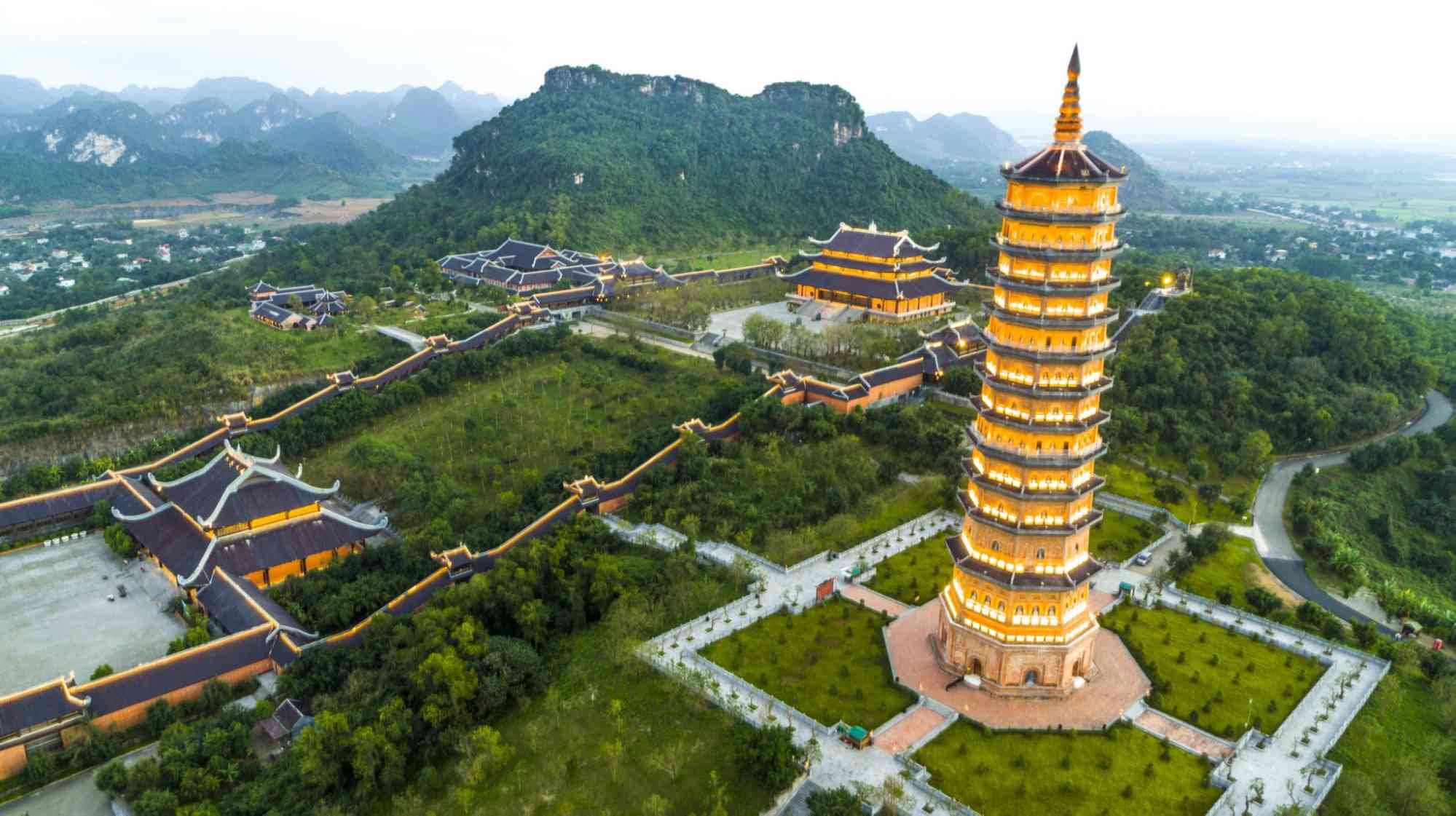 Details
Details
HOA LU – TRANG AN - MUA CAVE -1 DAY TRIP BY LIMOUSINE
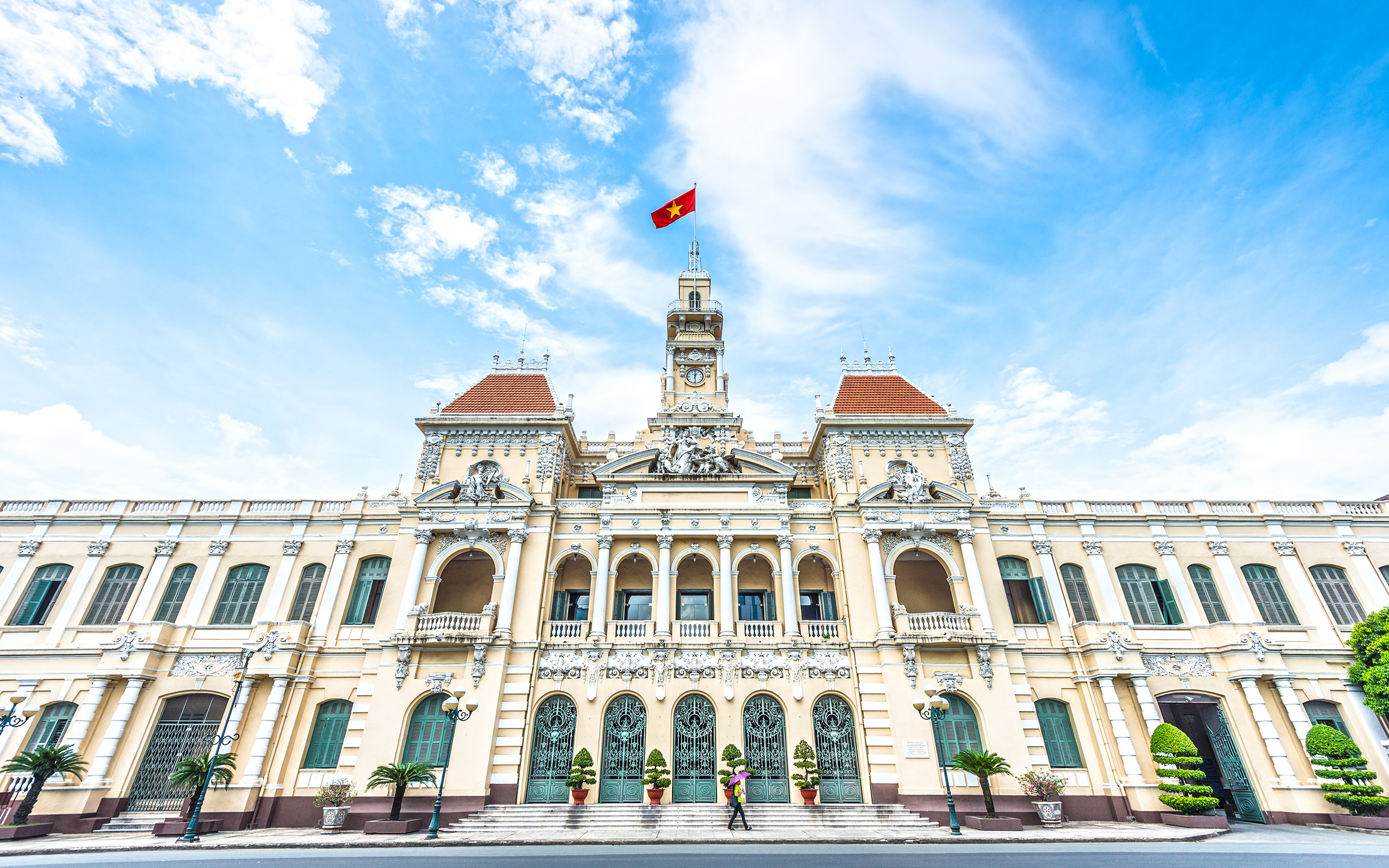 Details
Details
Ho Chi Minh - Cu Chi Tunnel - Ho Chi Minh
Other posts

ASIA FUSION TRAVEL
Welcome to Asia Fusion Travel - Where Diversity Meets Exploration
With over eight years of experience, our dedicated team has become a trusted partner for thousands of international visitors to Vietnam. Our support team is always ready to assist you throughout your vacation, ensuring a seamless and memorable experience.
We offer a wide range of travel products to suit every taste. Whether you prefer vibrant short-day tours or extended adventures, luxurious resort vacations or eco-friendly nature trips, we are committed to delivering the perfect journey tailored to your desires.
Our travel services are designed to be flexible and convenient. We provide joint tours, private tours, and tailor-made tours, along with hotel bookings, domestic flights, and transportation upon request. Our goal is to make your travel experience as smooth and enjoyable as possible.
Our mission is to introduce you to the mysteries and beauty of Asia. We offer exceptional travel experiences across Vietnam and neighboring countries like Thailand, Laos, and Cambodia. We are committed to providing the best prices without compromising on service quality.
Join Us at Asia Fusion Travel!
Let us guide you on a voyage of discovery unlike any other
.jpg)
Surprising Facts About Vietnam
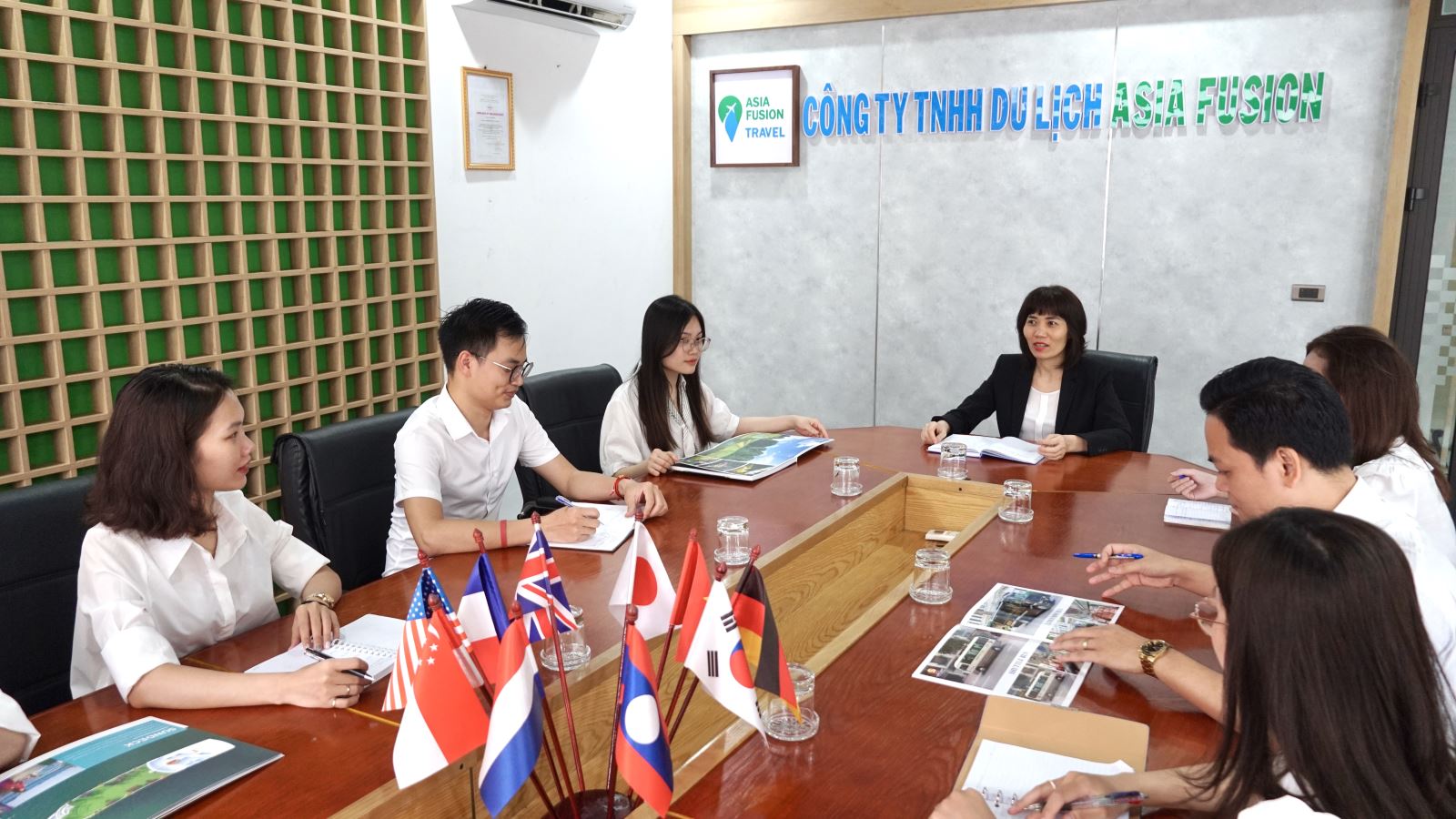
MEET OUR TEAM
Experience the Best with Asia Fusion Travel
At Asia Fusion Travel, we take immense pride in our team of seasoned travel professionals. With over eight years of experience in the tourism industry, our expertise has been honed through serving thousands of international visitors.
Why Choose Us
Our team's unwavering commitment and adaptability set us apart. No matter the situation, we go above and beyond to deliver an exceptional travel experience for our guests. From curating novel tour itineraries to seamlessly resolving unexpected challenges, putting our clients' interests and satisfaction first is always our top priority.
Proven Excellence
Asia Fusion Travel's longstanding track record is a testament to the professionalism and quality service we strive to provide. Our wealth of hands-on experience guarantees that every detail of your journey is meticulously looked after.
Your Journey, Our Passion
Let our knowledgeable and dedicated team guide you through the wonders of Asia. Embark on an unparalleled adventure with Asia Fusion Travel, where creating unforgettable travel memories is our passion.
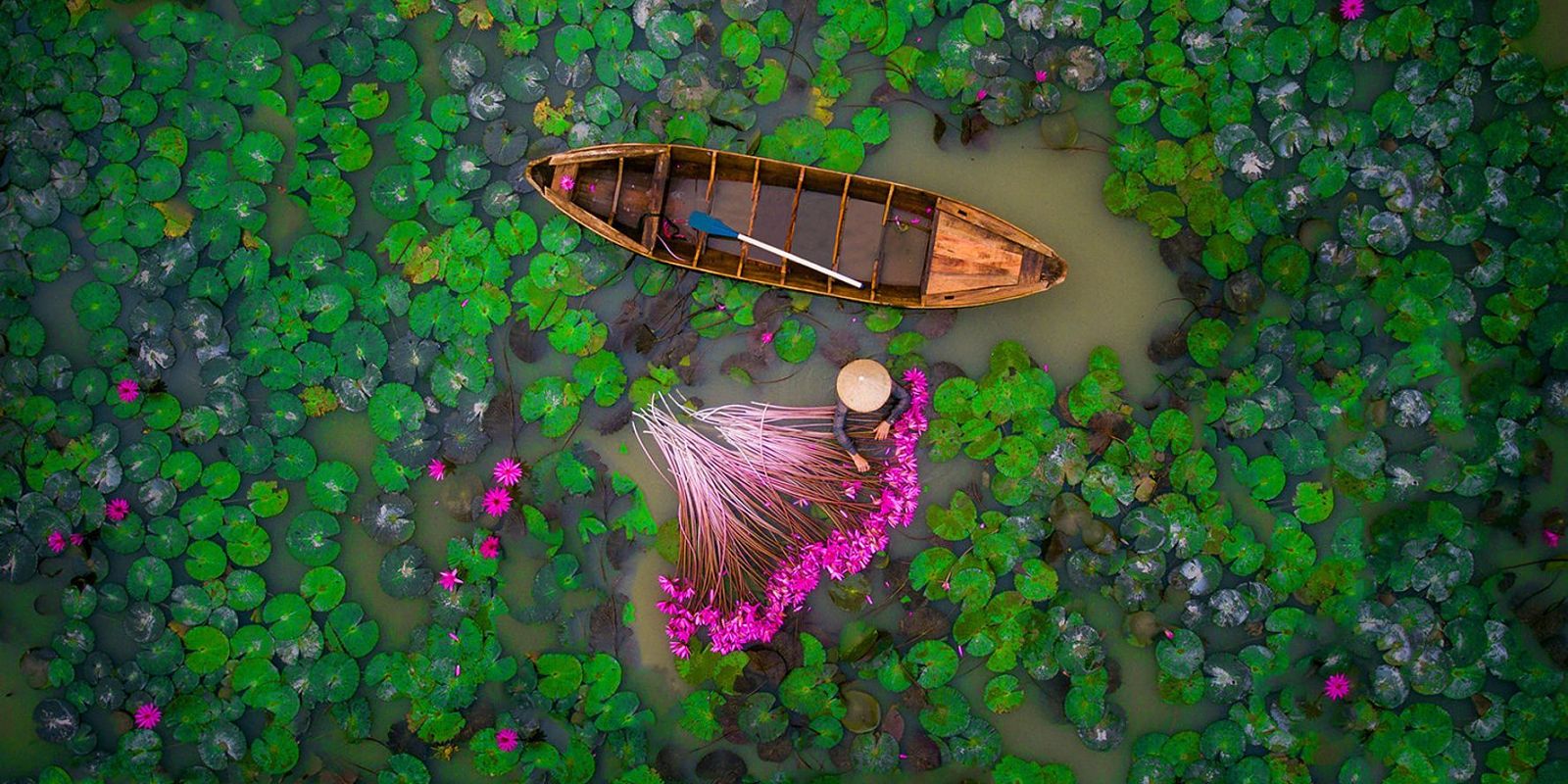
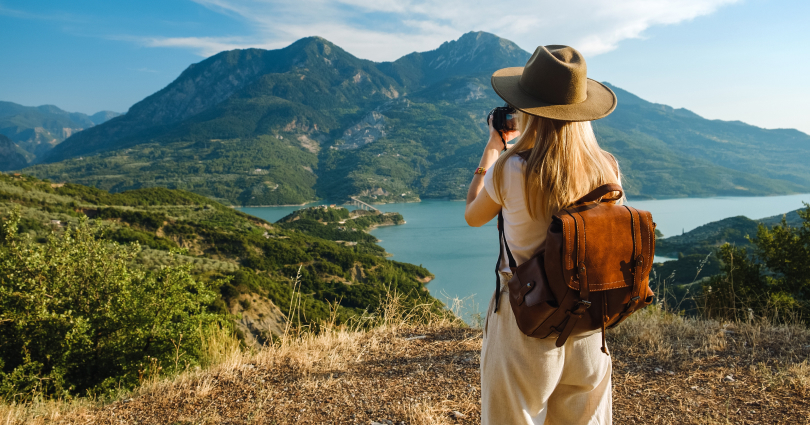

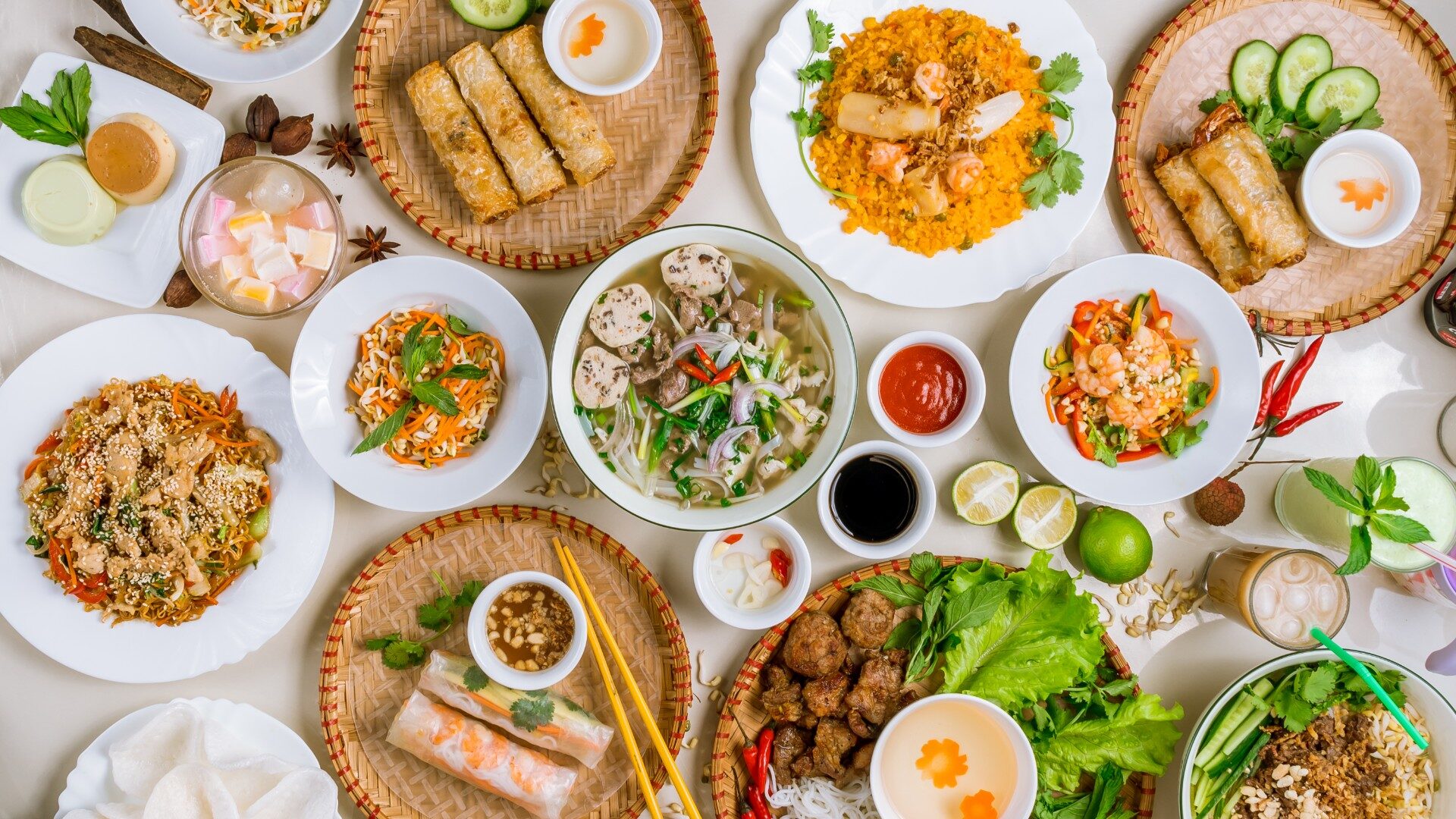



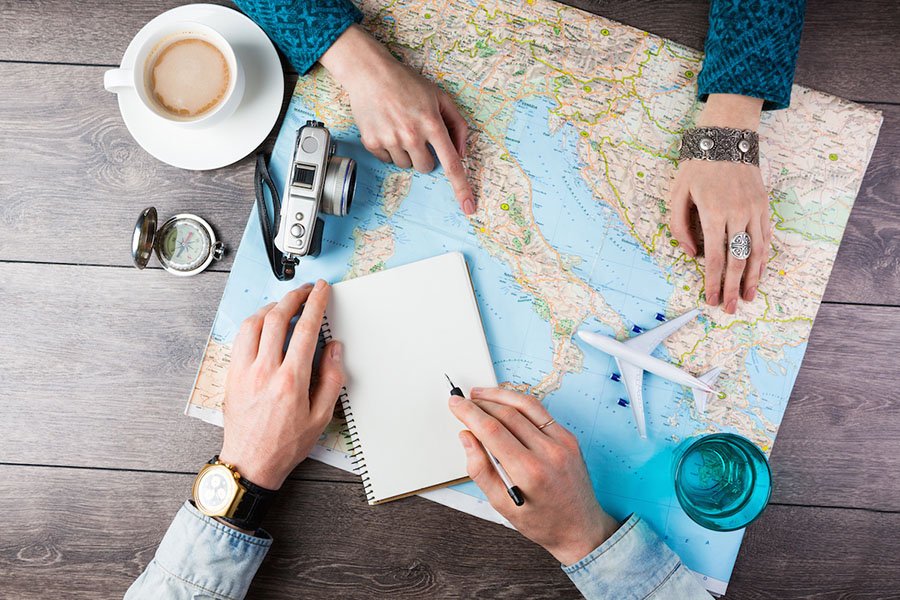
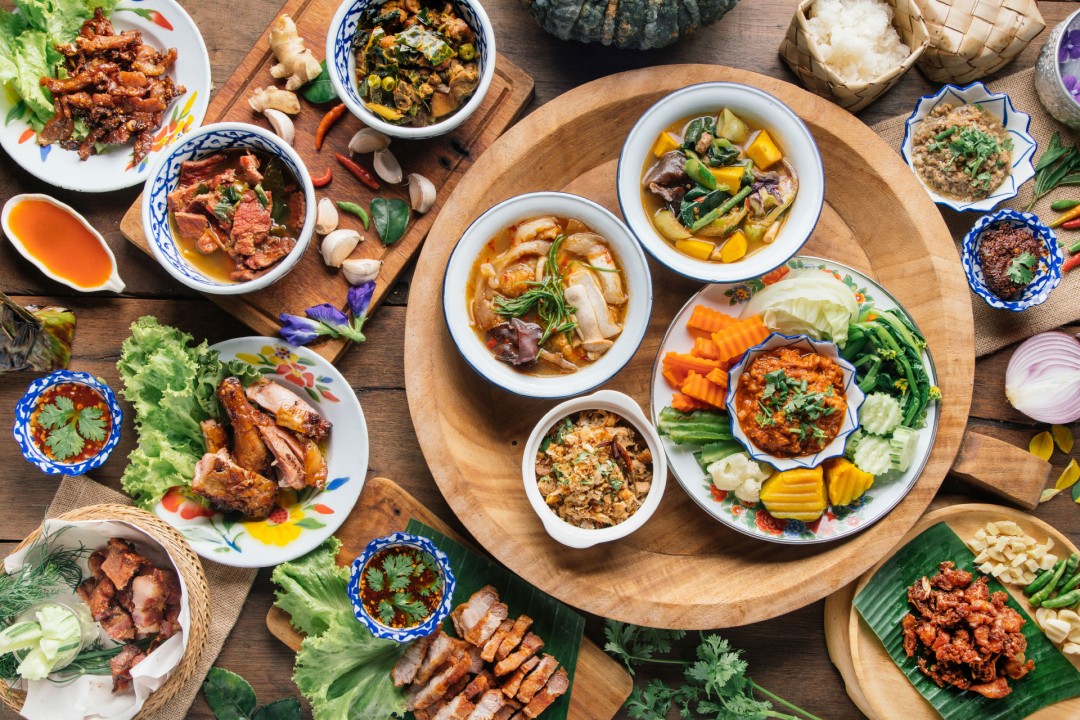

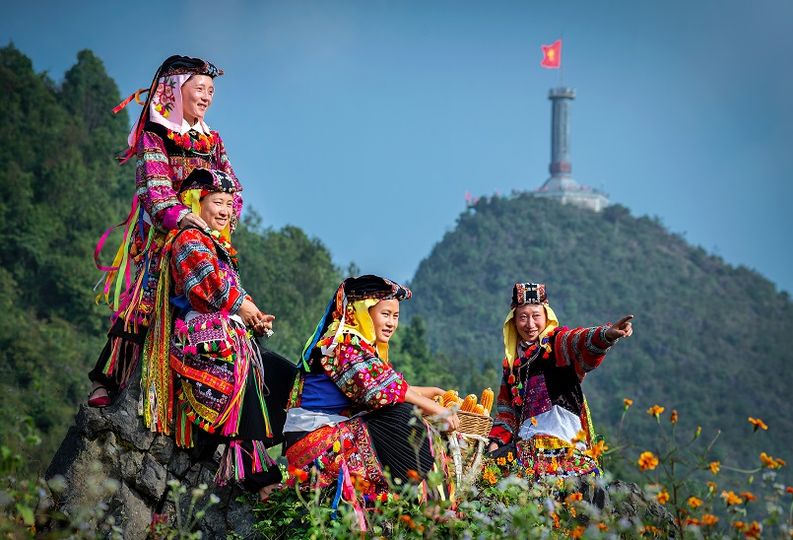

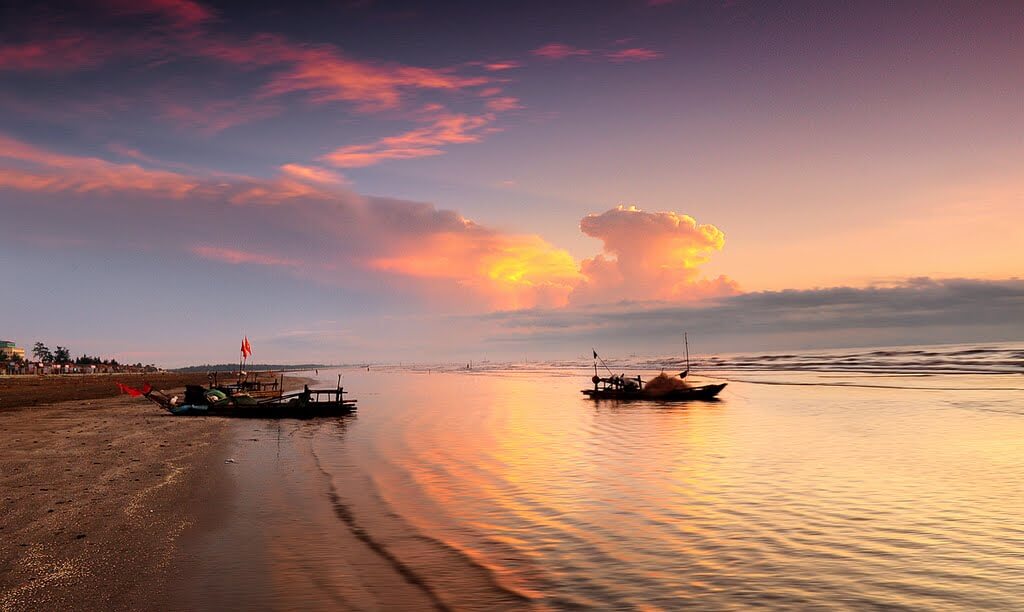
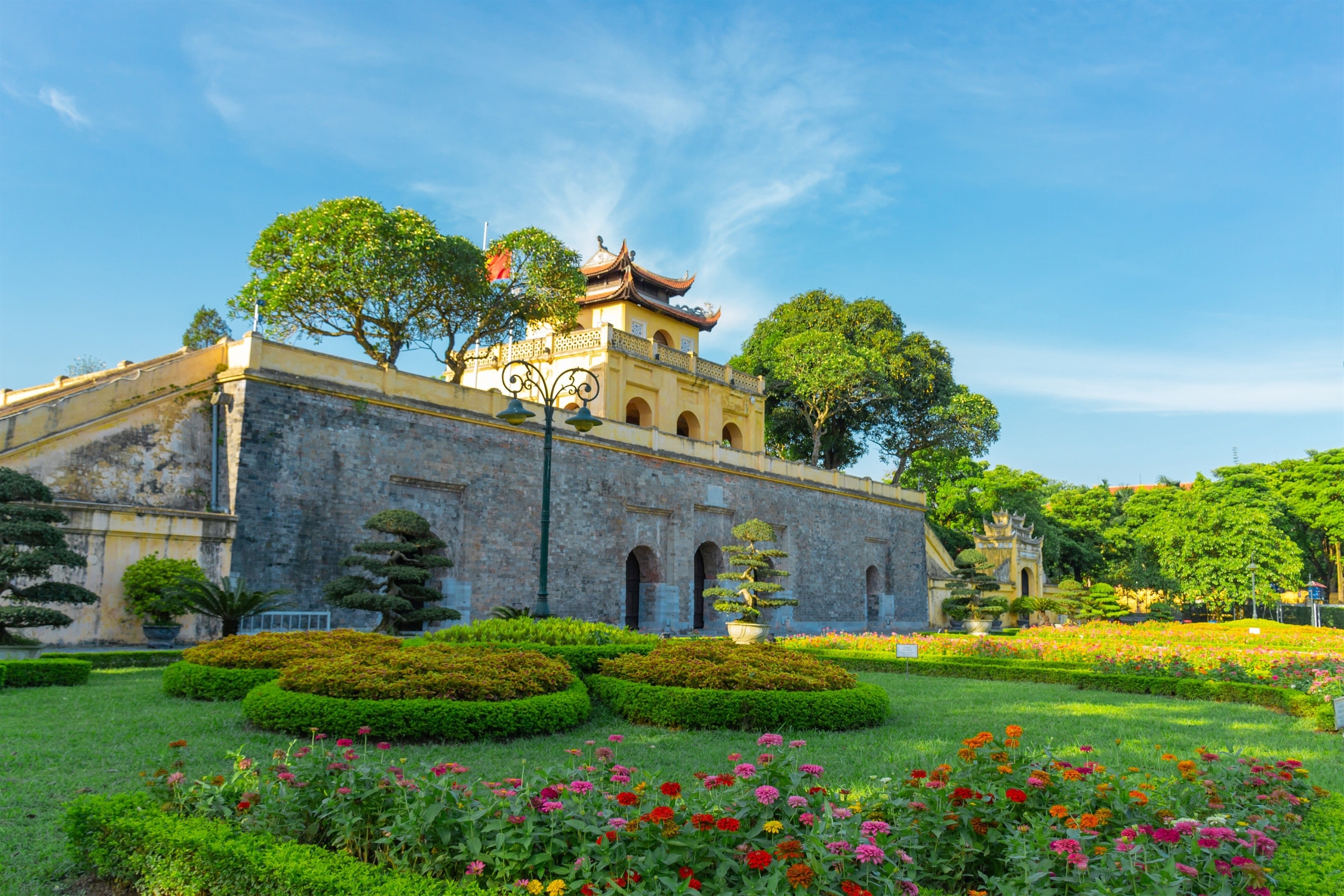
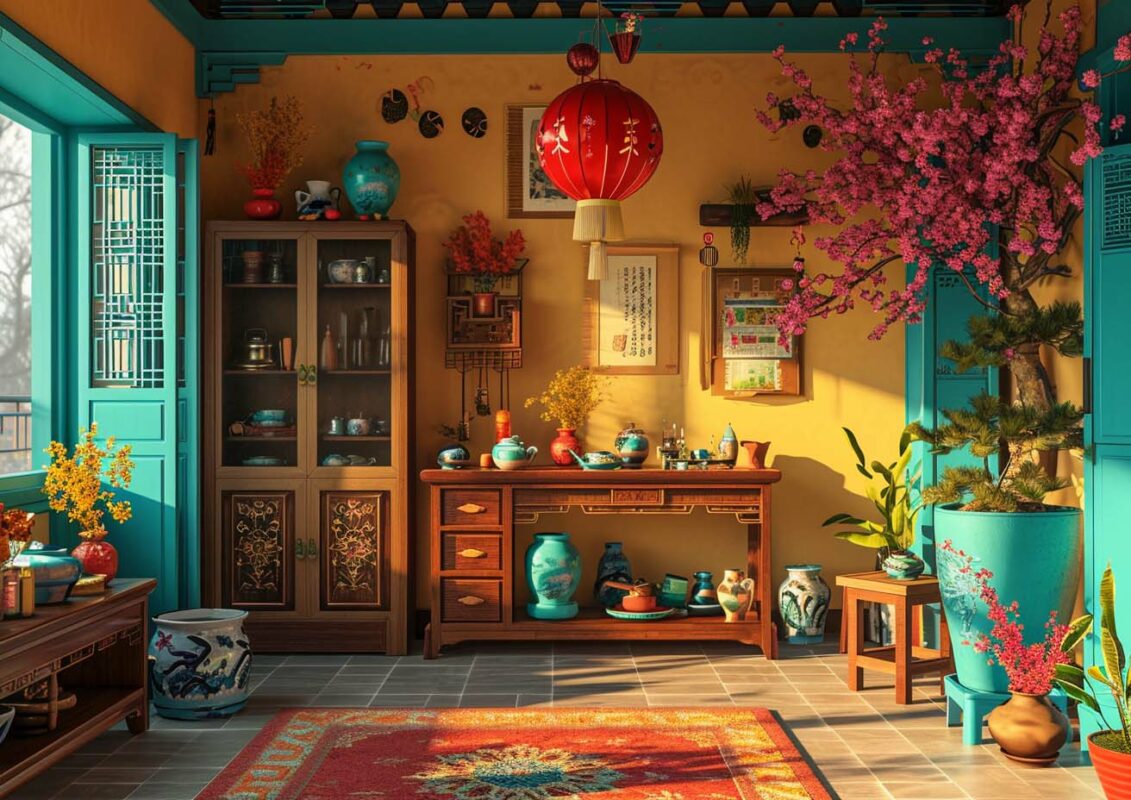
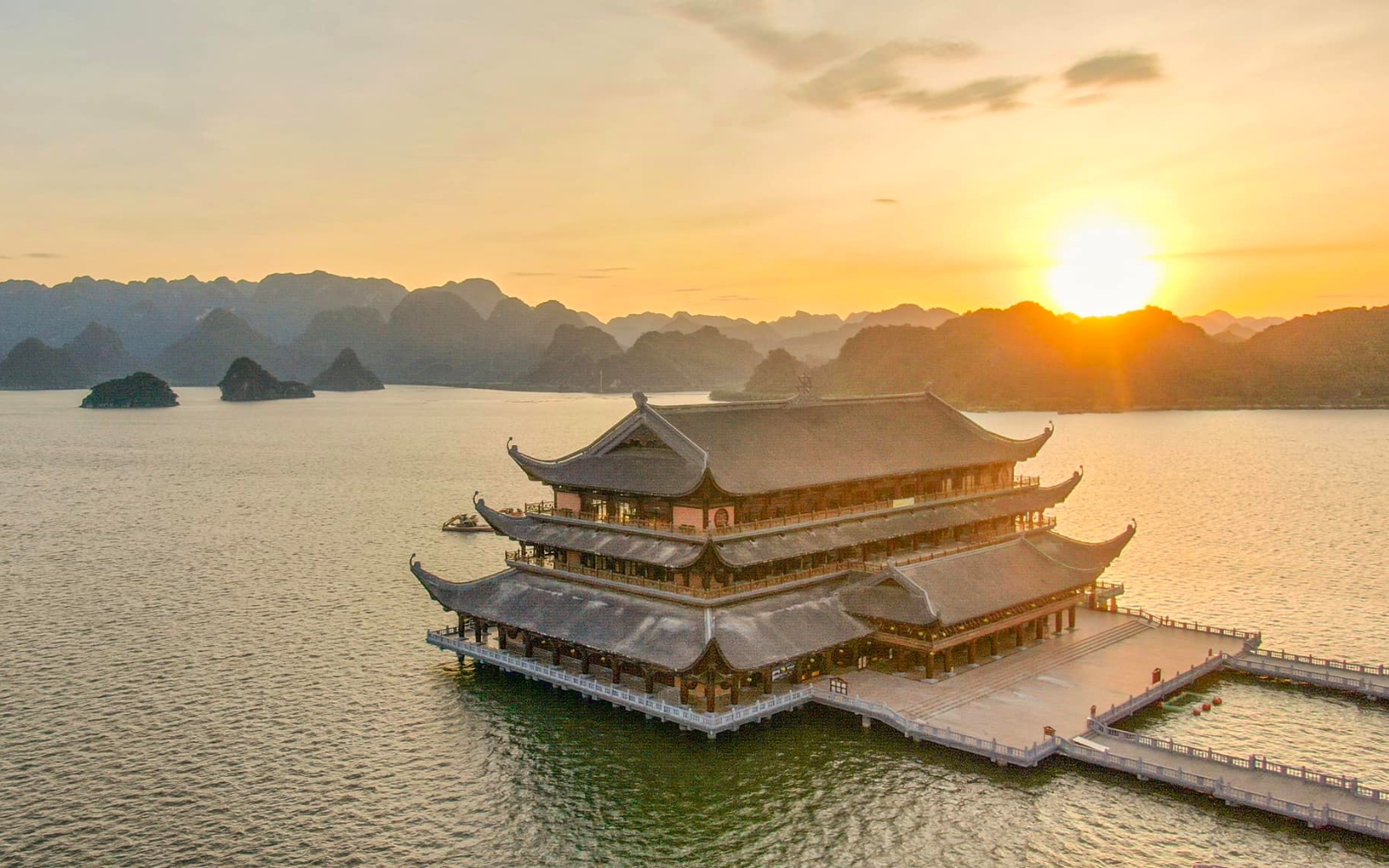
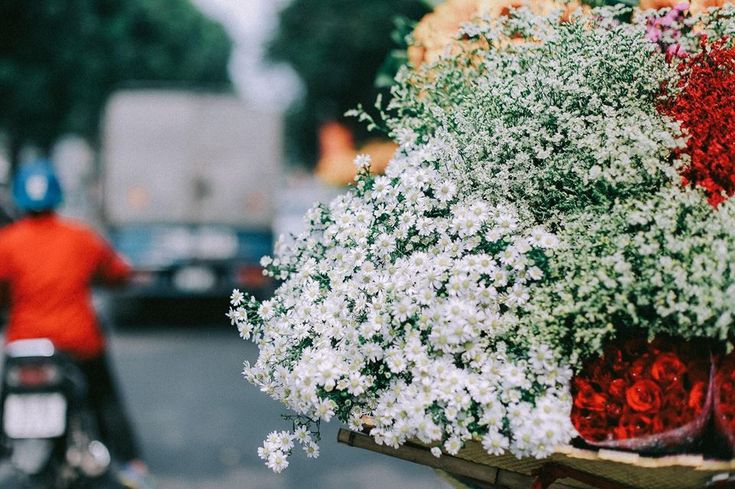

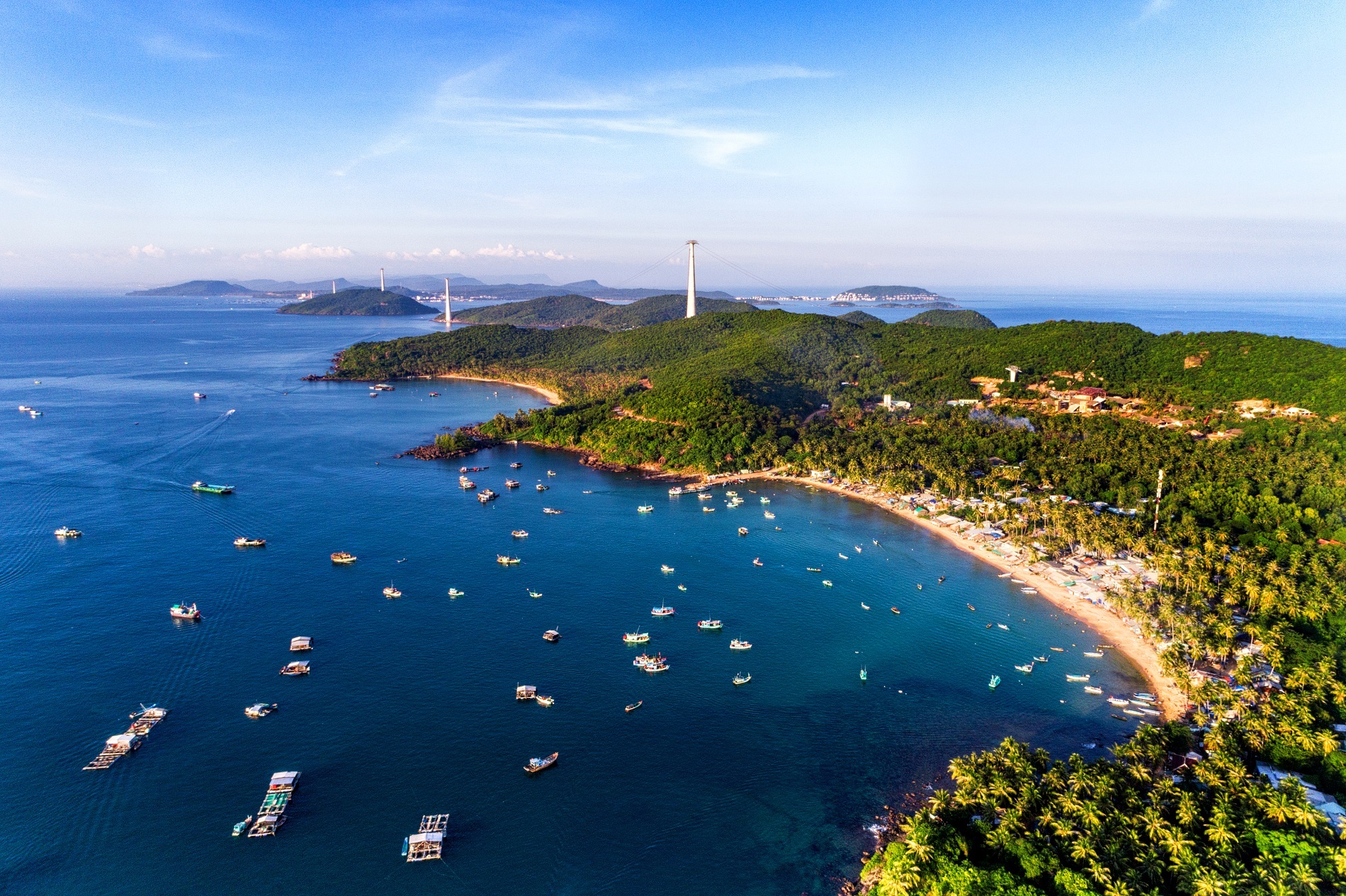






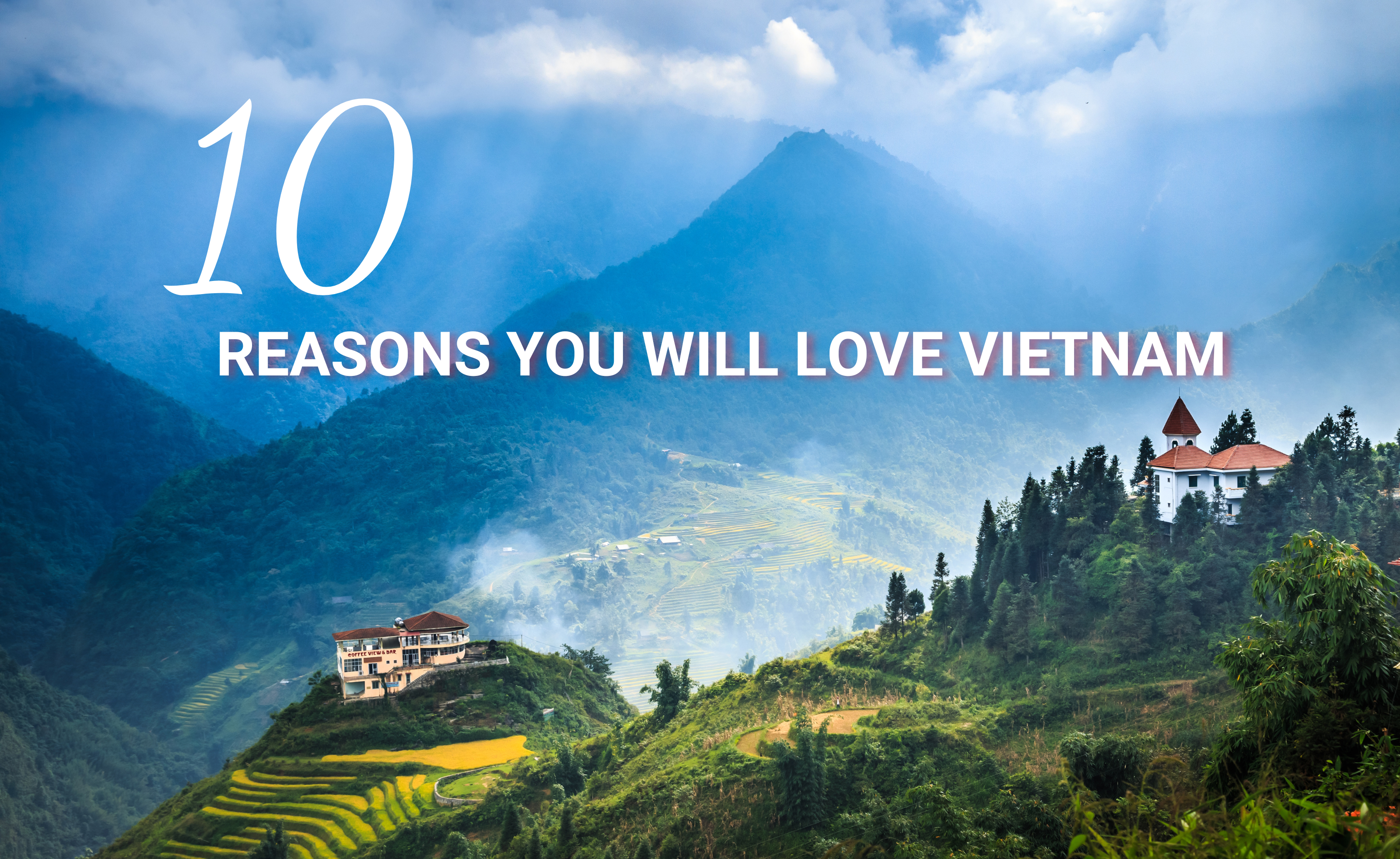

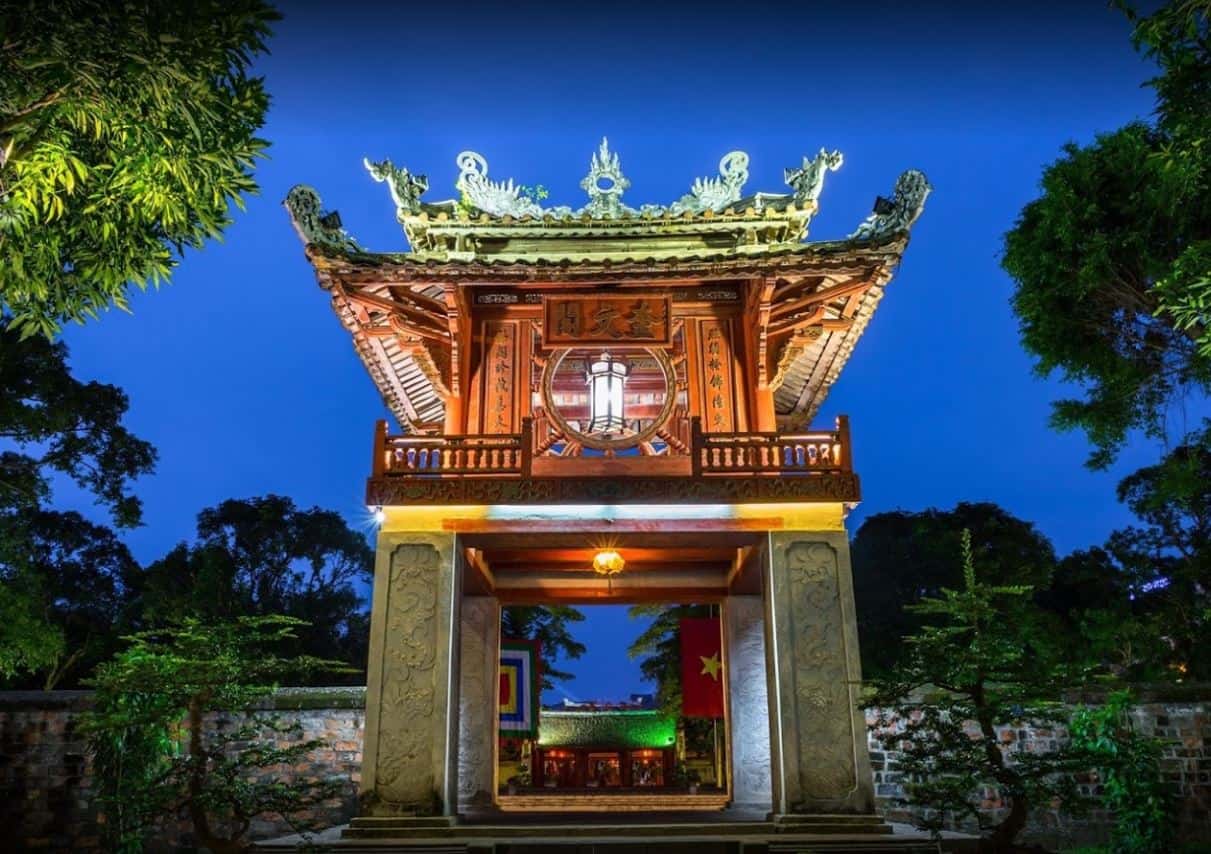
.png)
.png)


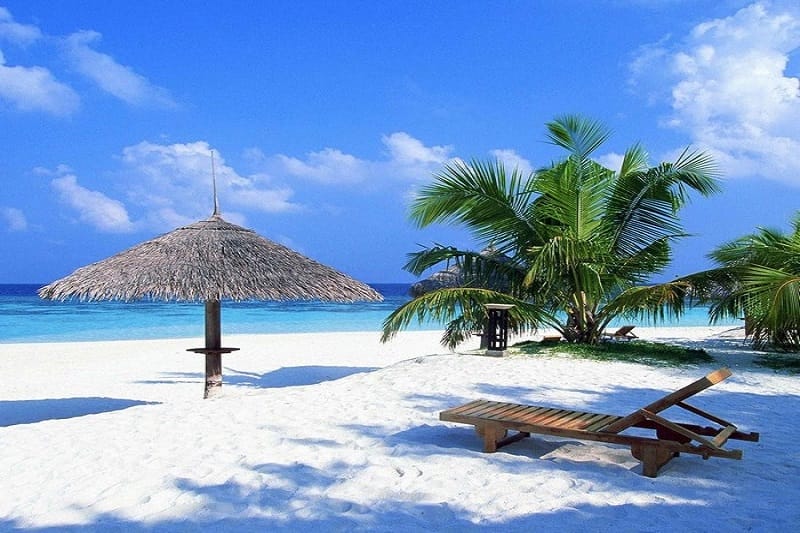


.png)
.png)
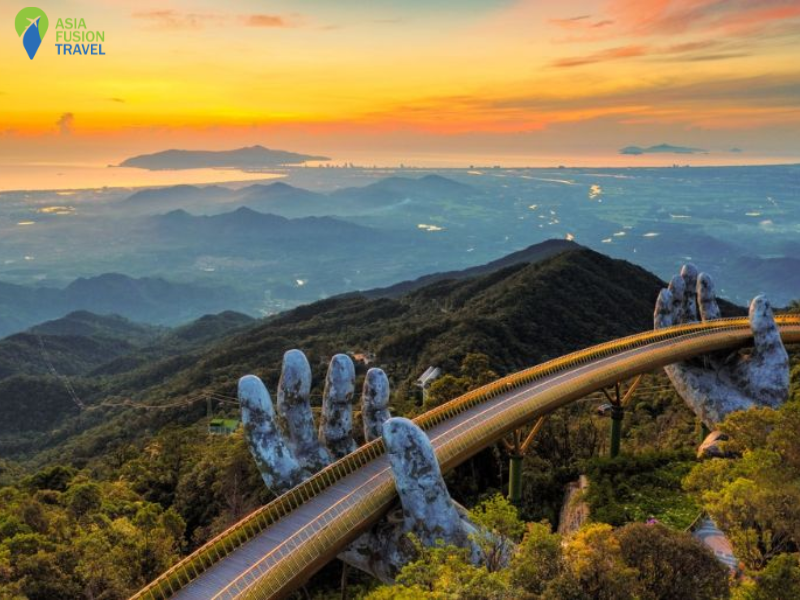
.png)
.png)
.png)
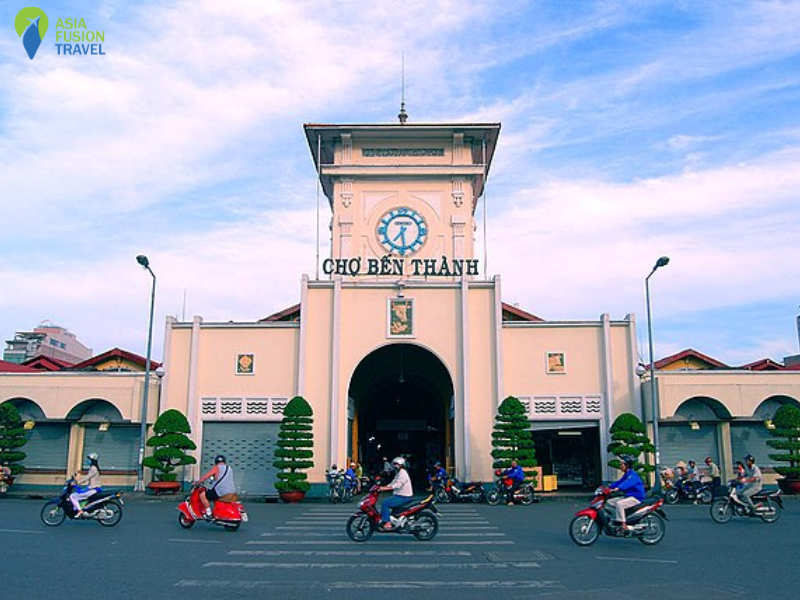

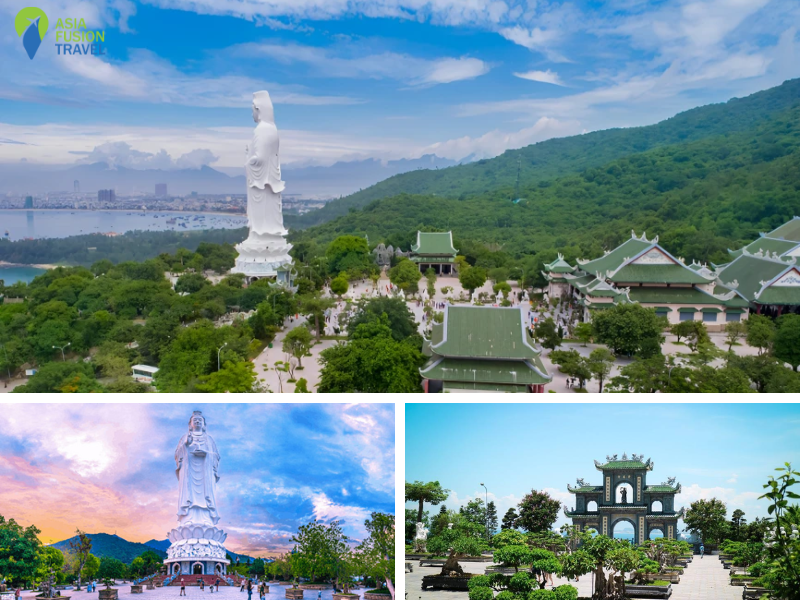

.png)
.png)
.png)
.png)
.png)
.png)
.png)
.png)
.png)
.png)
.png)
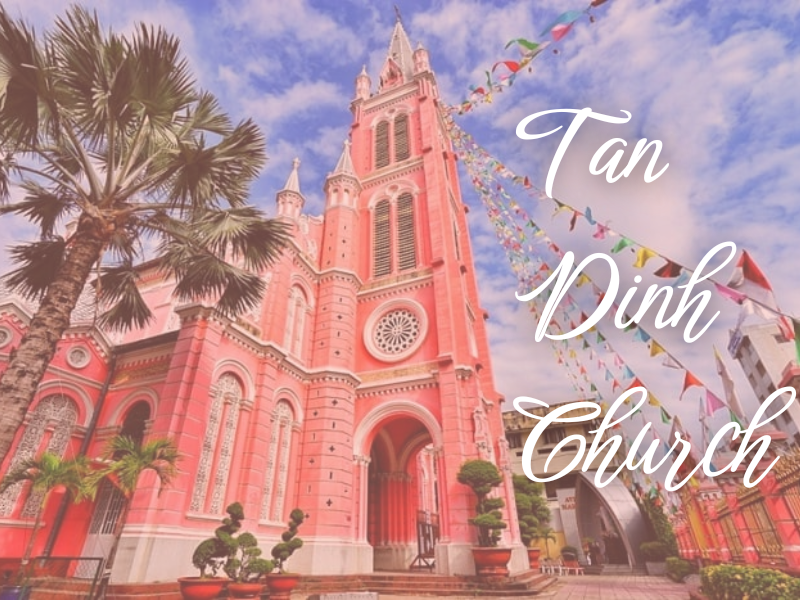
.png)
.png)
.png)
.png)
.png)
.png)
(1).png)
.png)
.png)
.png)
.png)
.png)
.png)
.png)
.png)
.png)
.png)
.png)
.png)
.png)
.png)

.png)
.png)
.png)
.png)
.png)
.png)
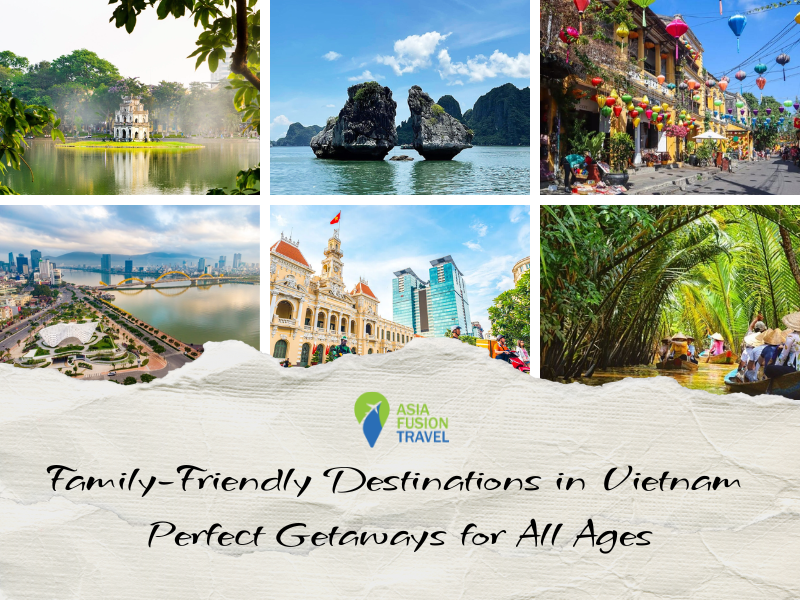
.png)
.png)

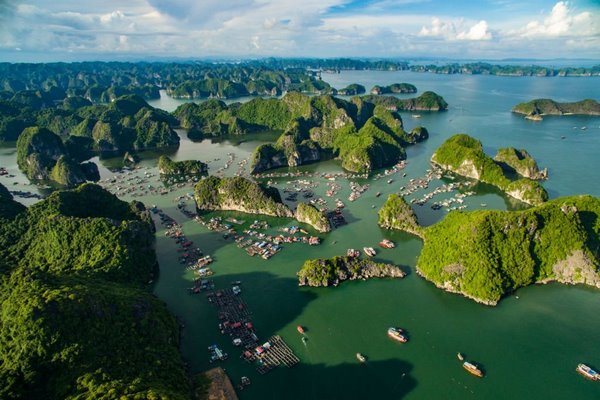
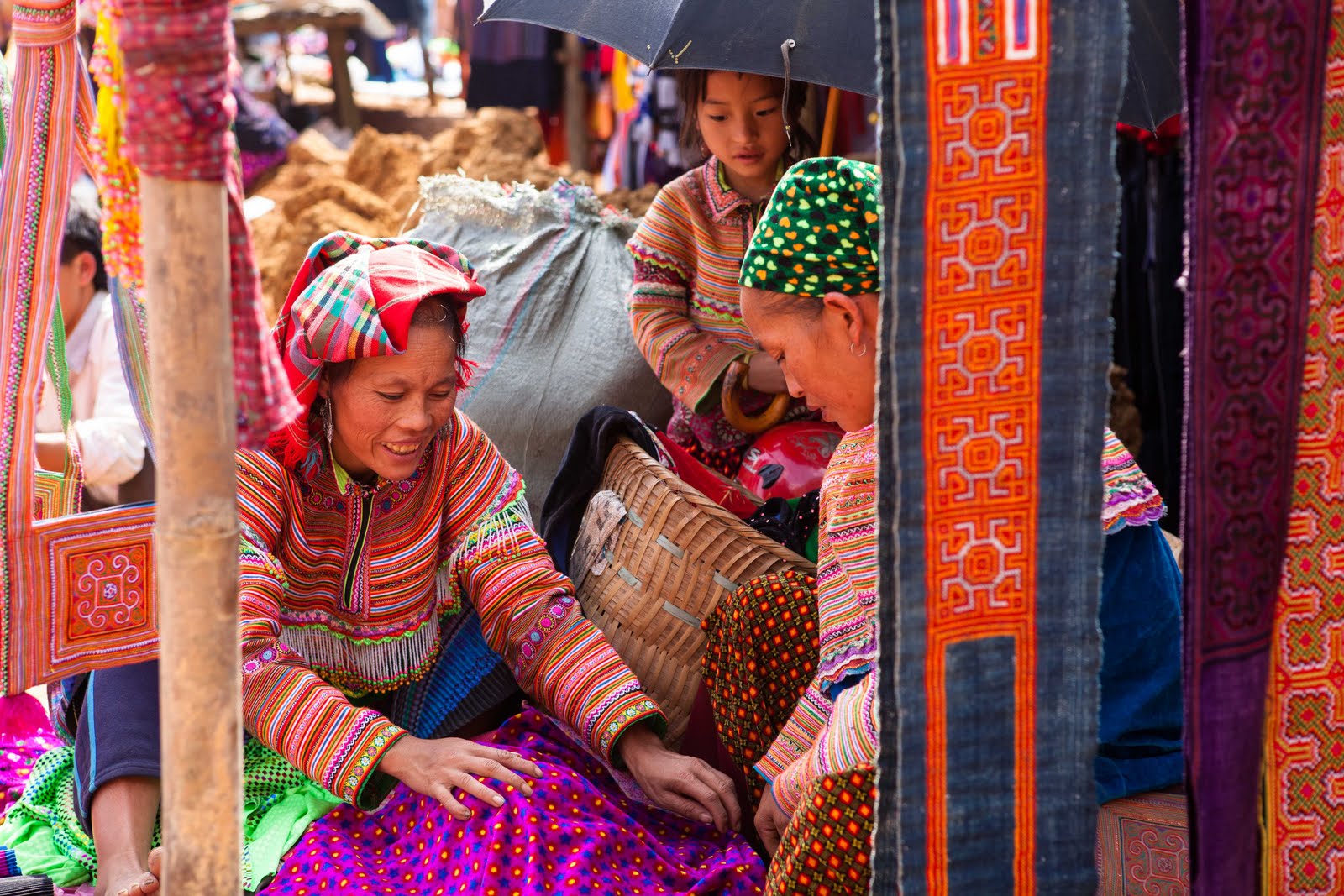

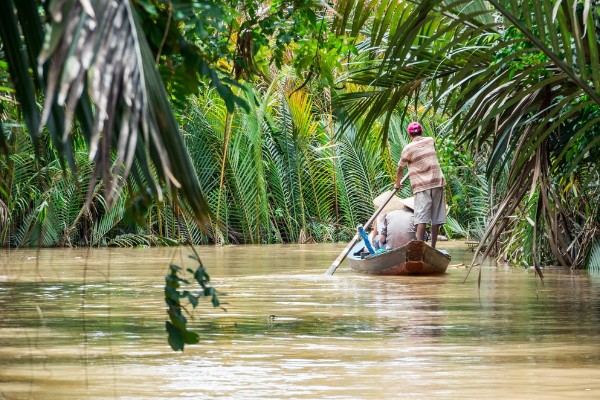

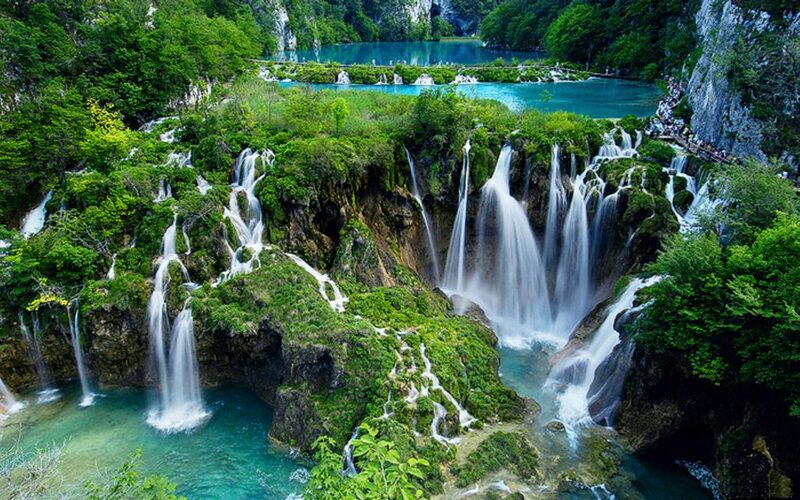

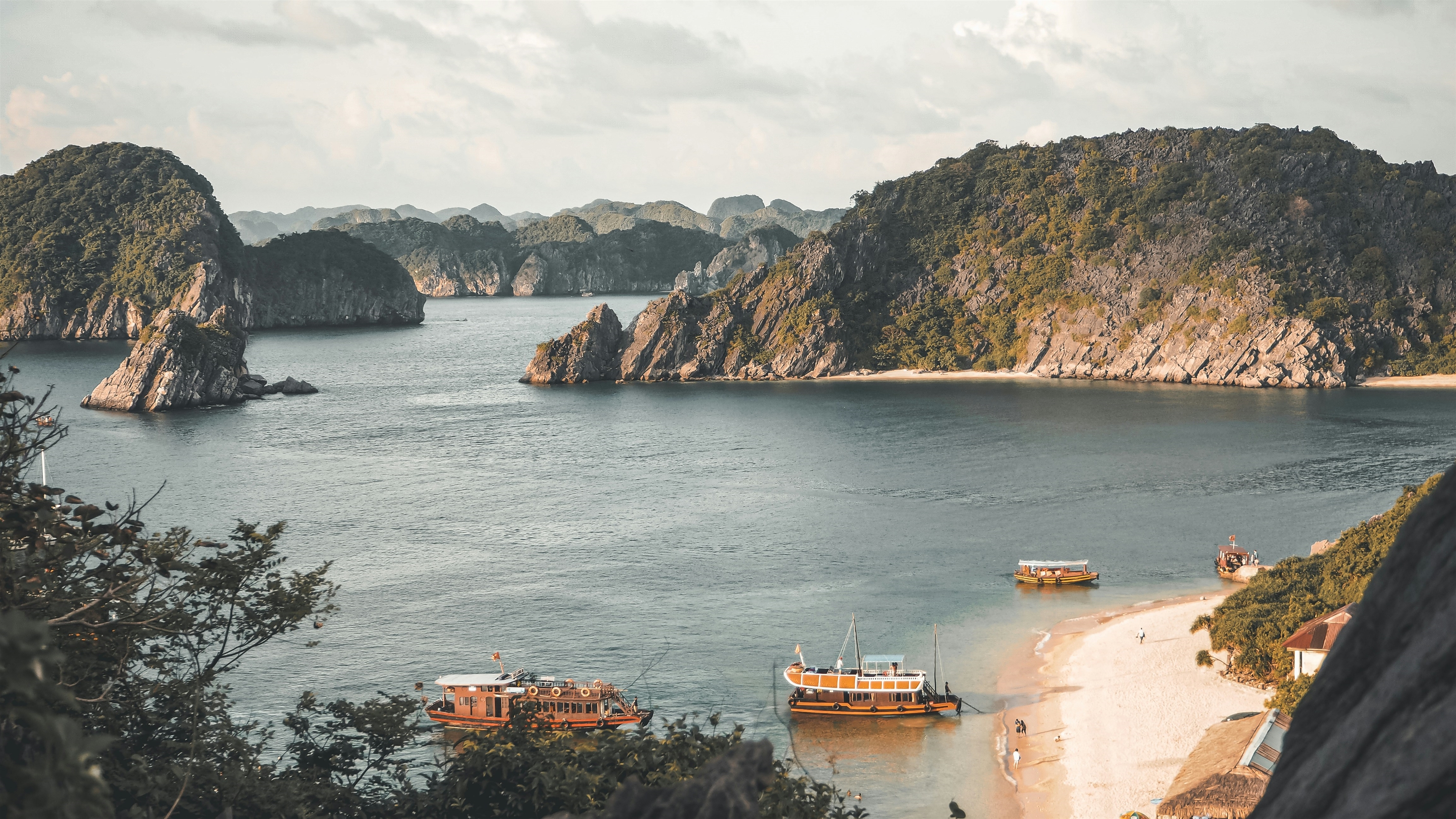

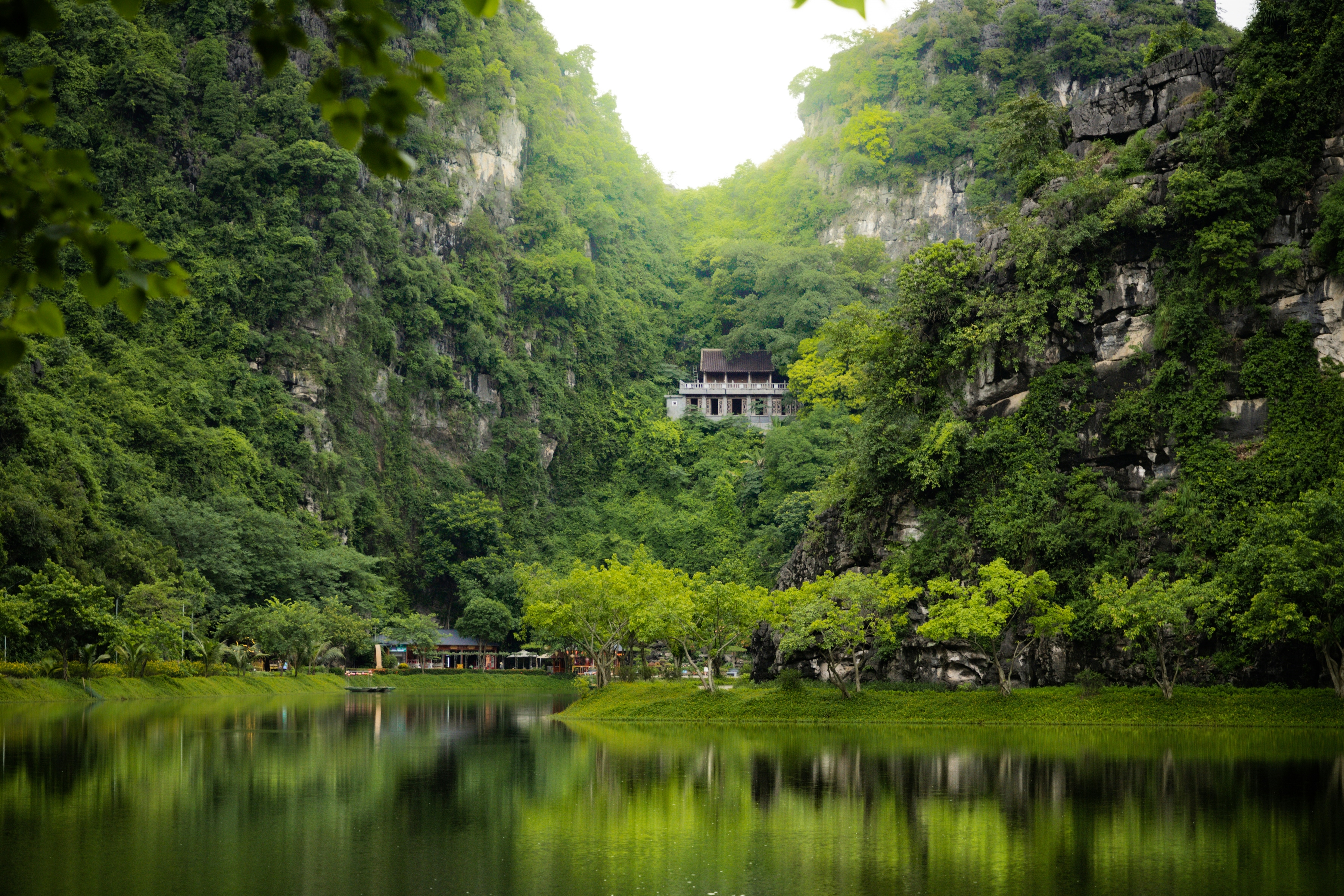
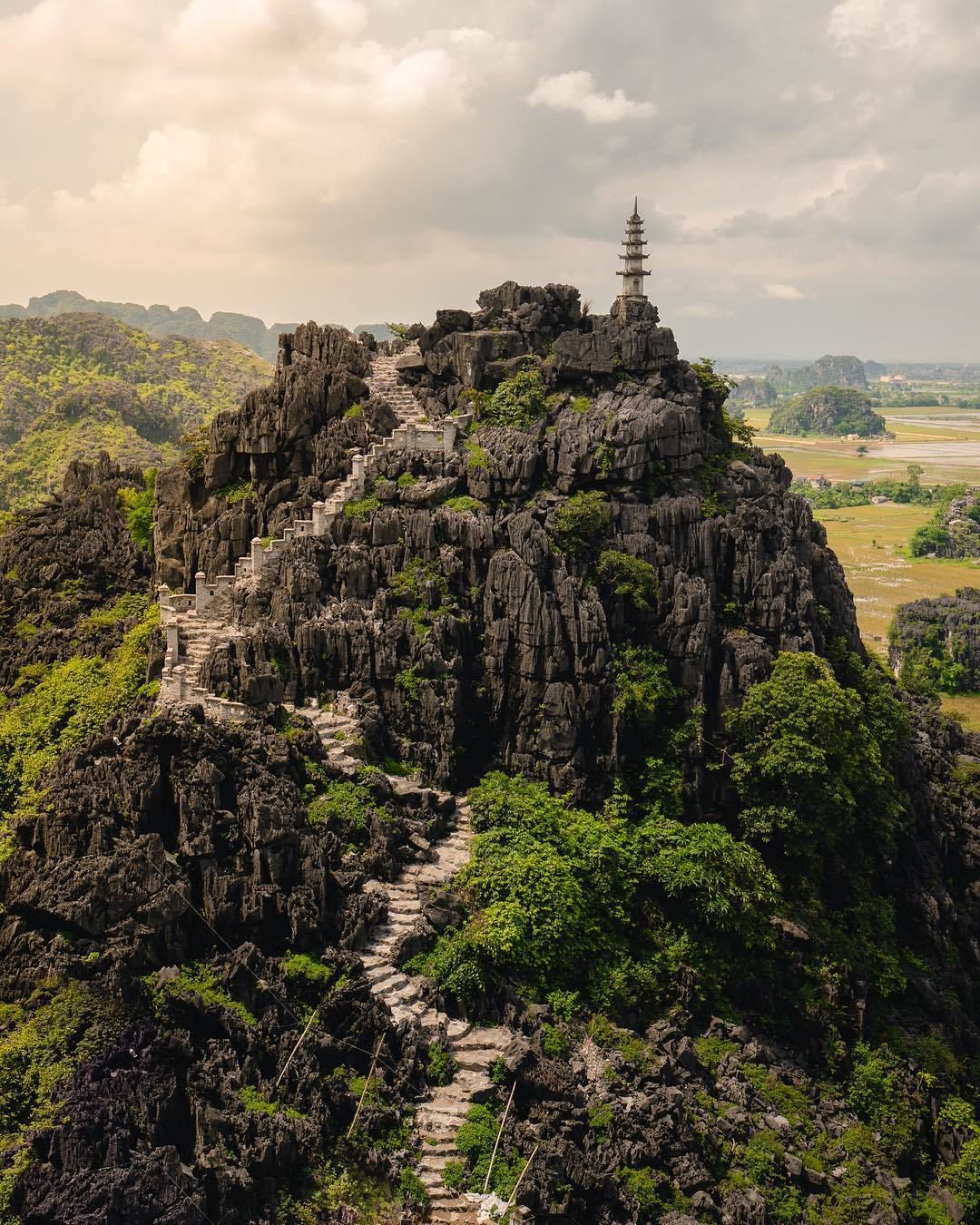
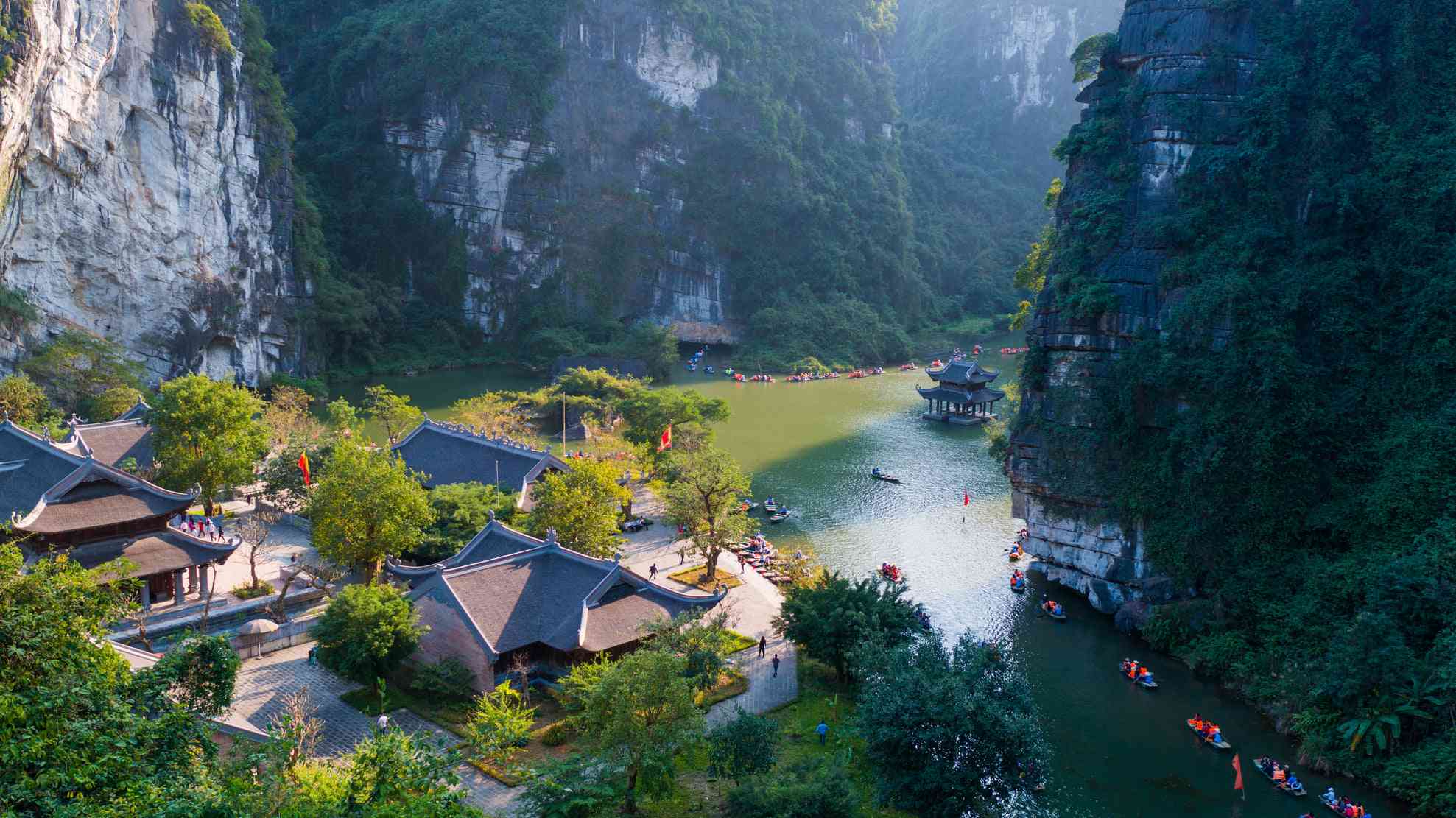
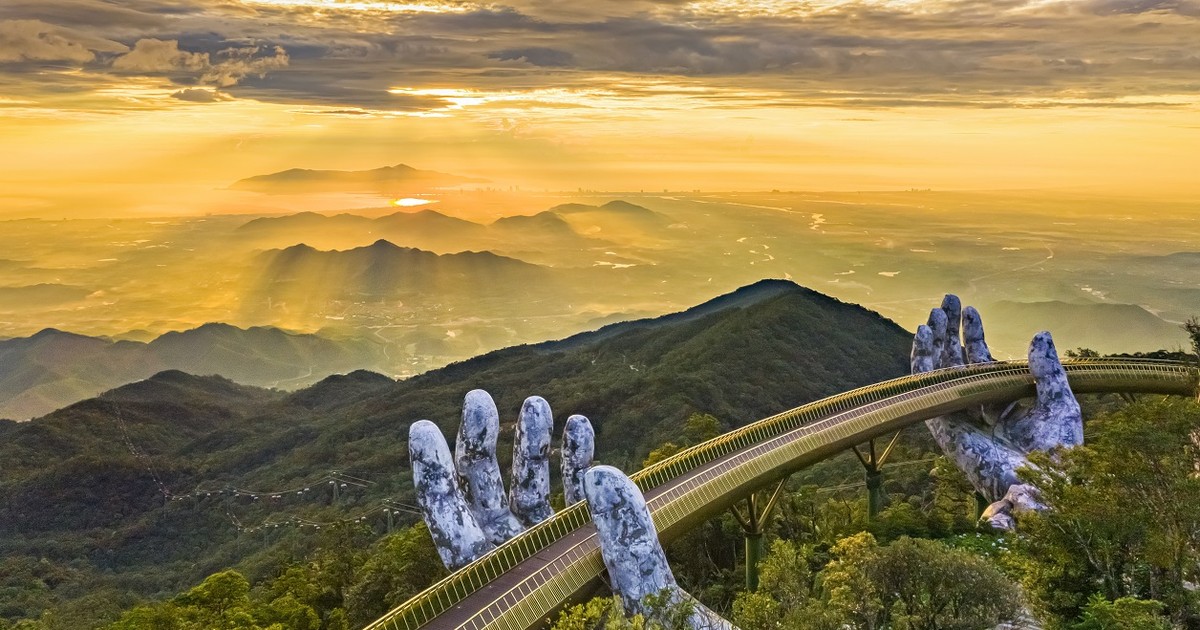

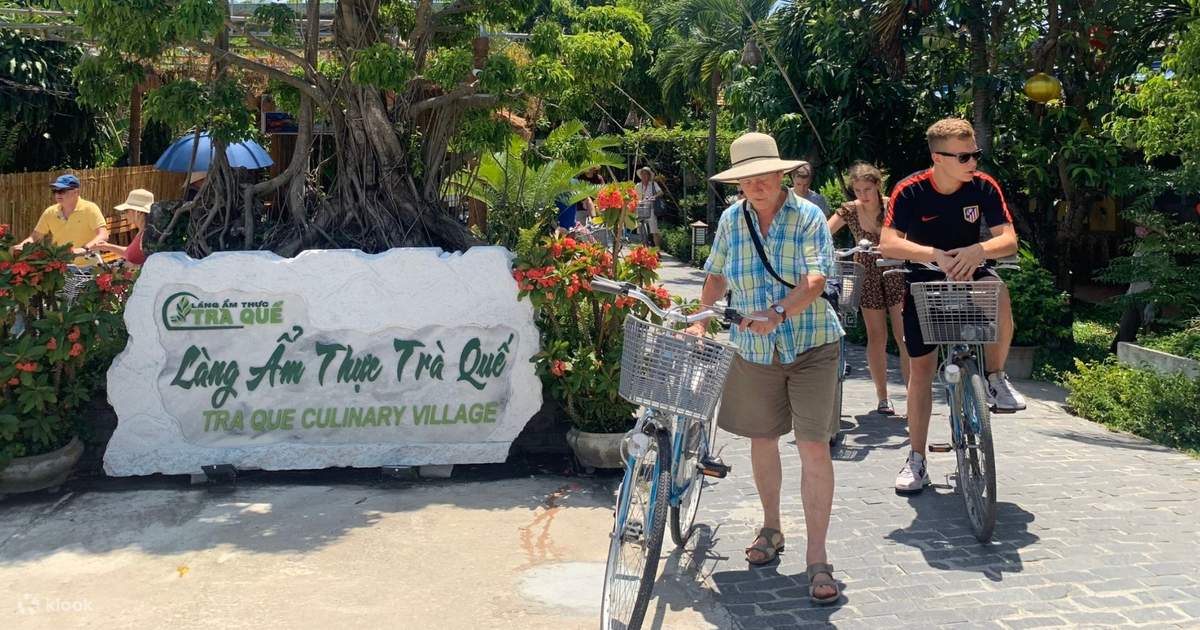
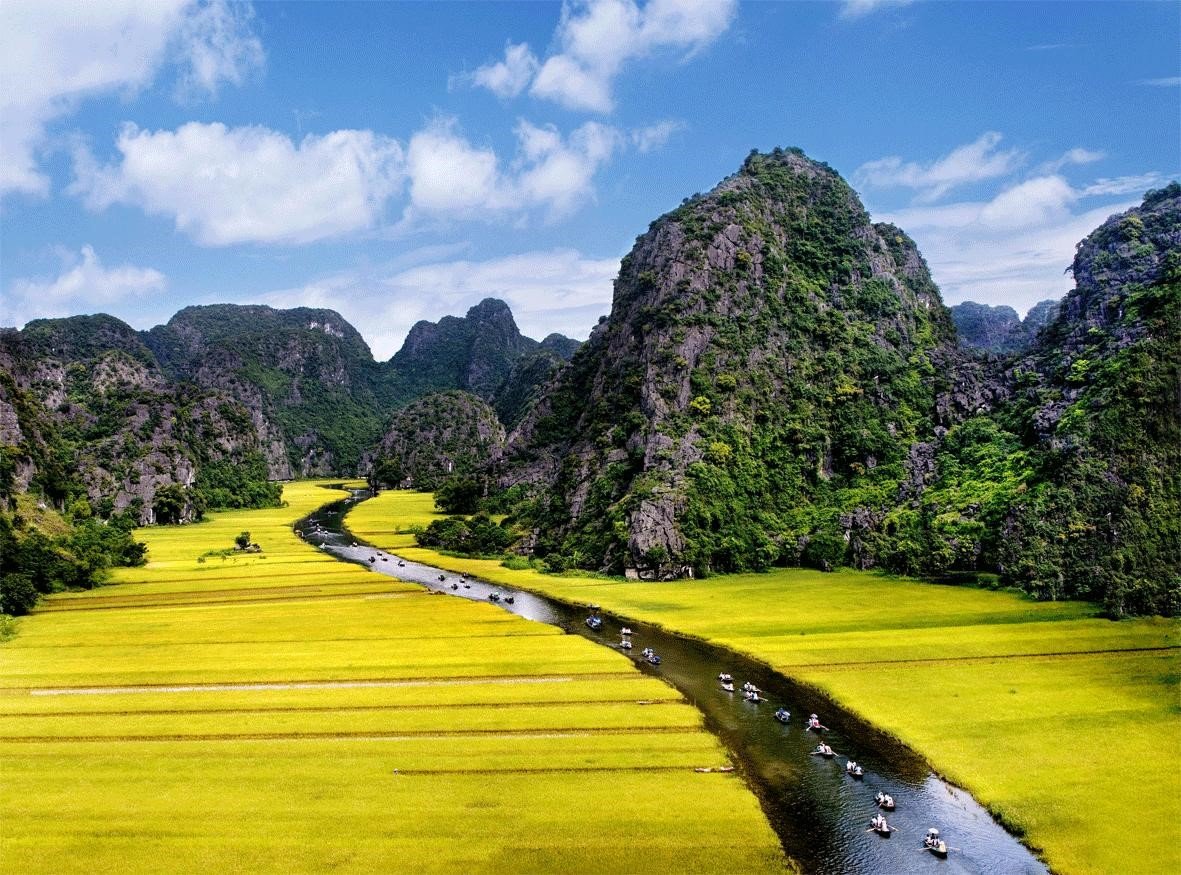

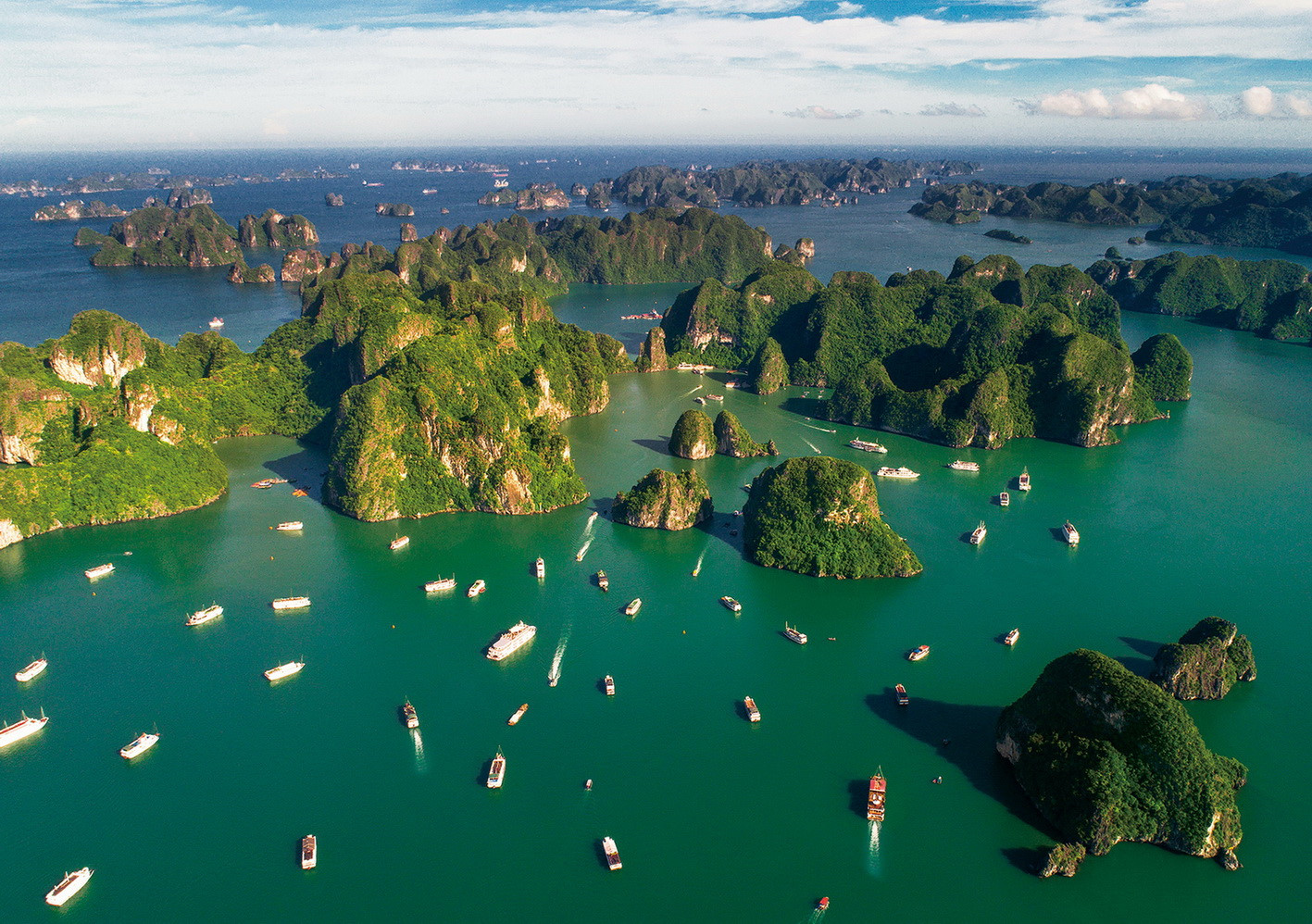


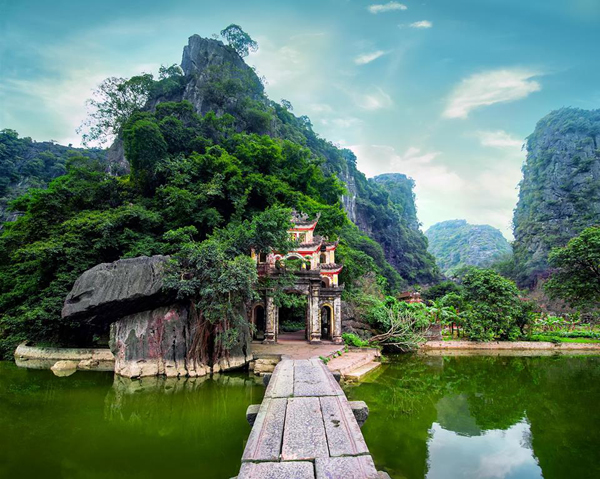

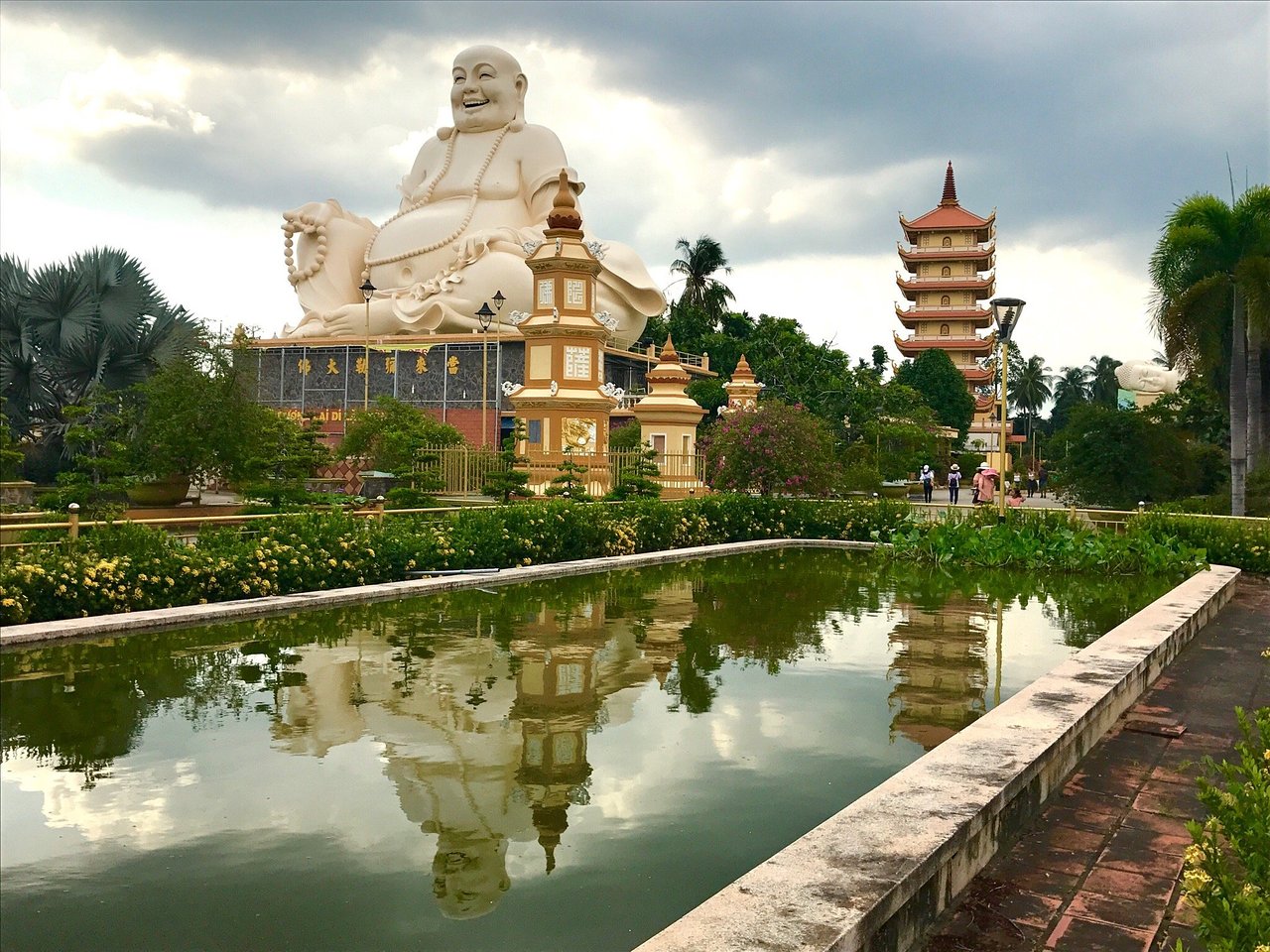
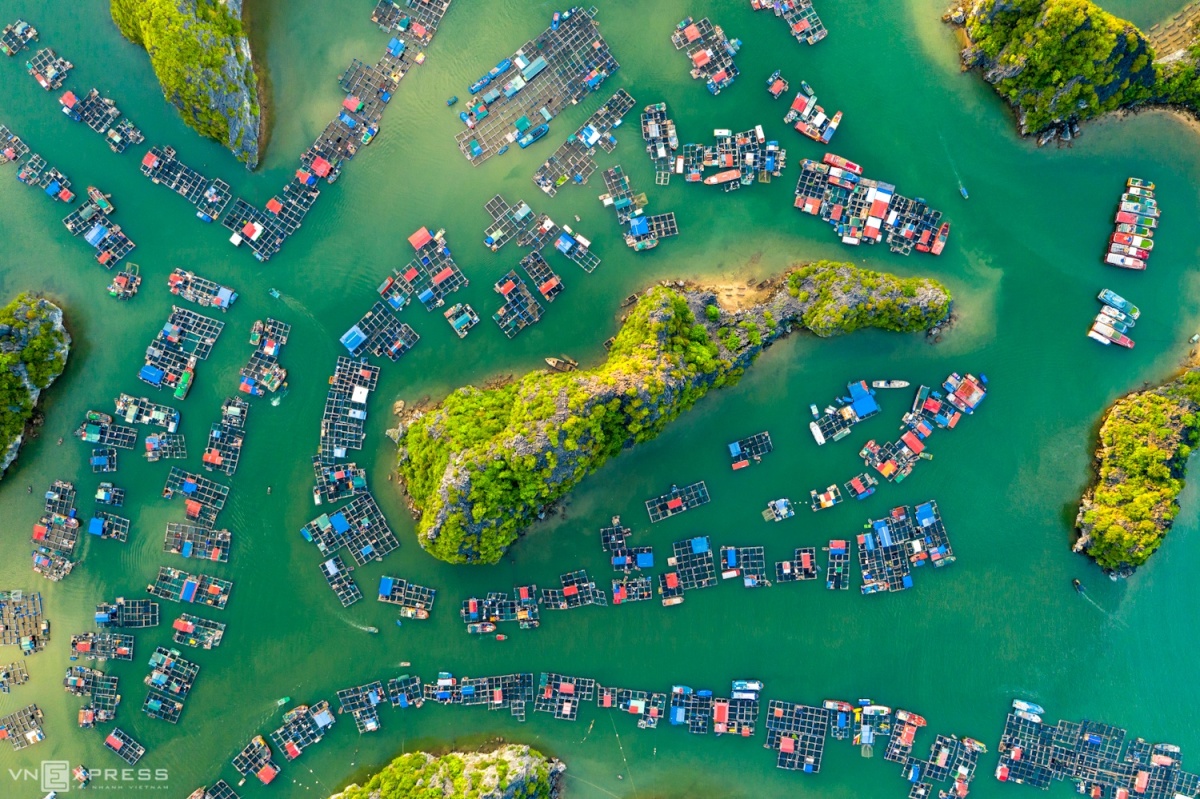
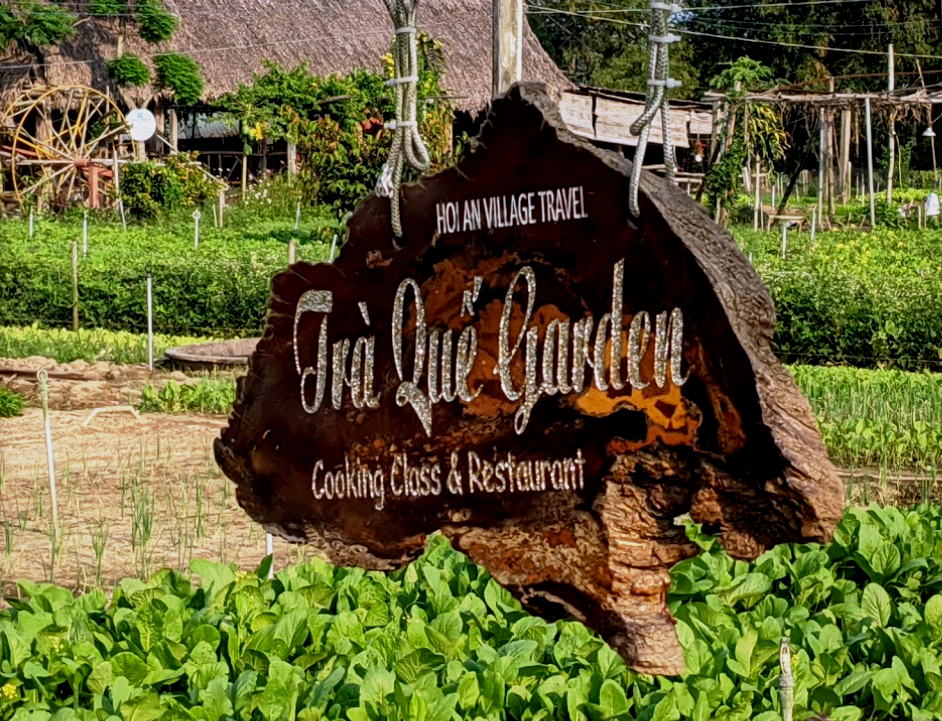
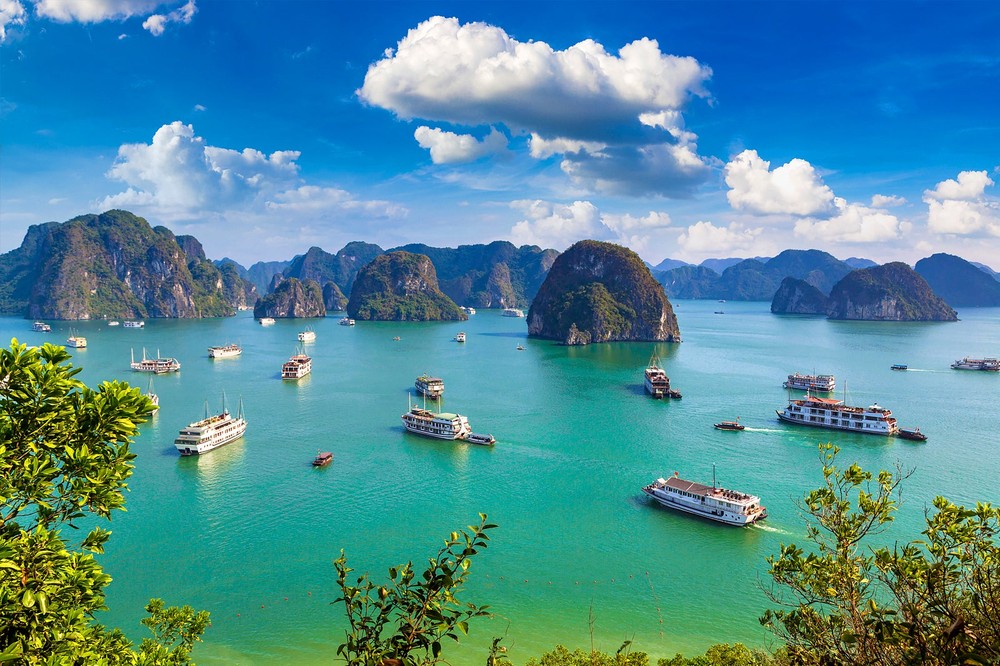

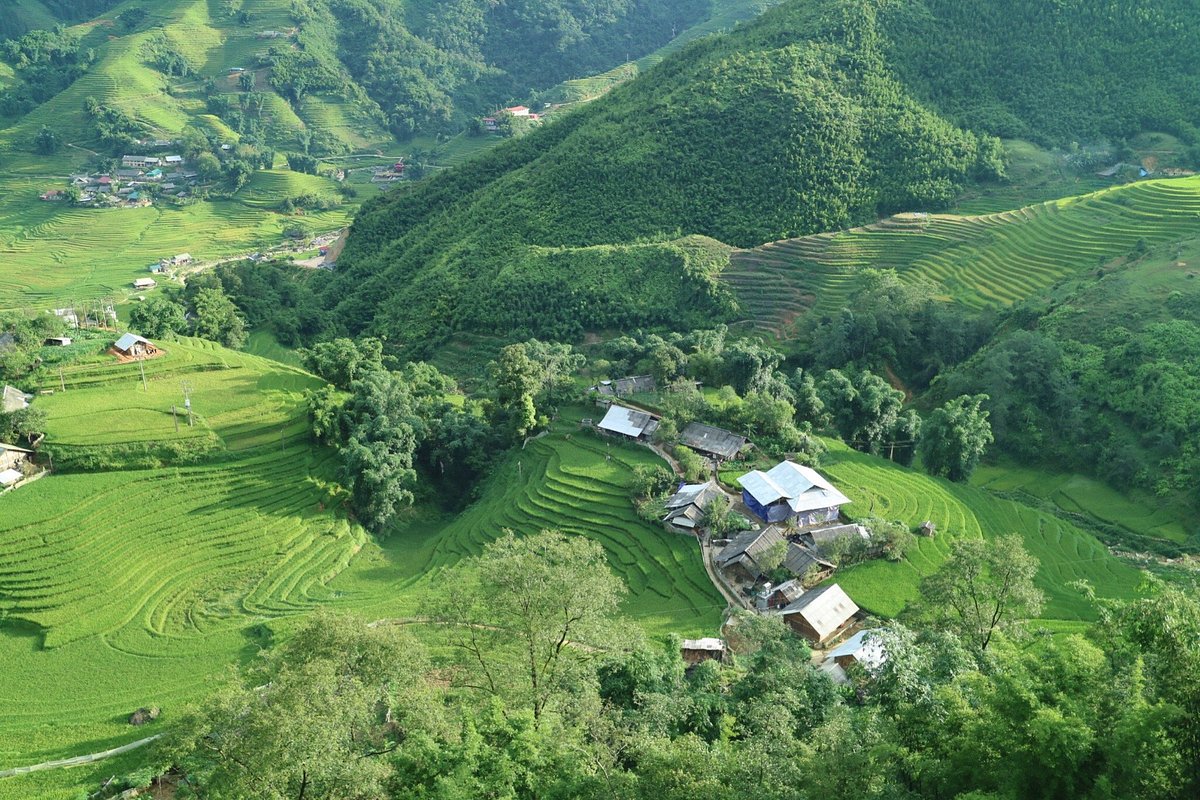
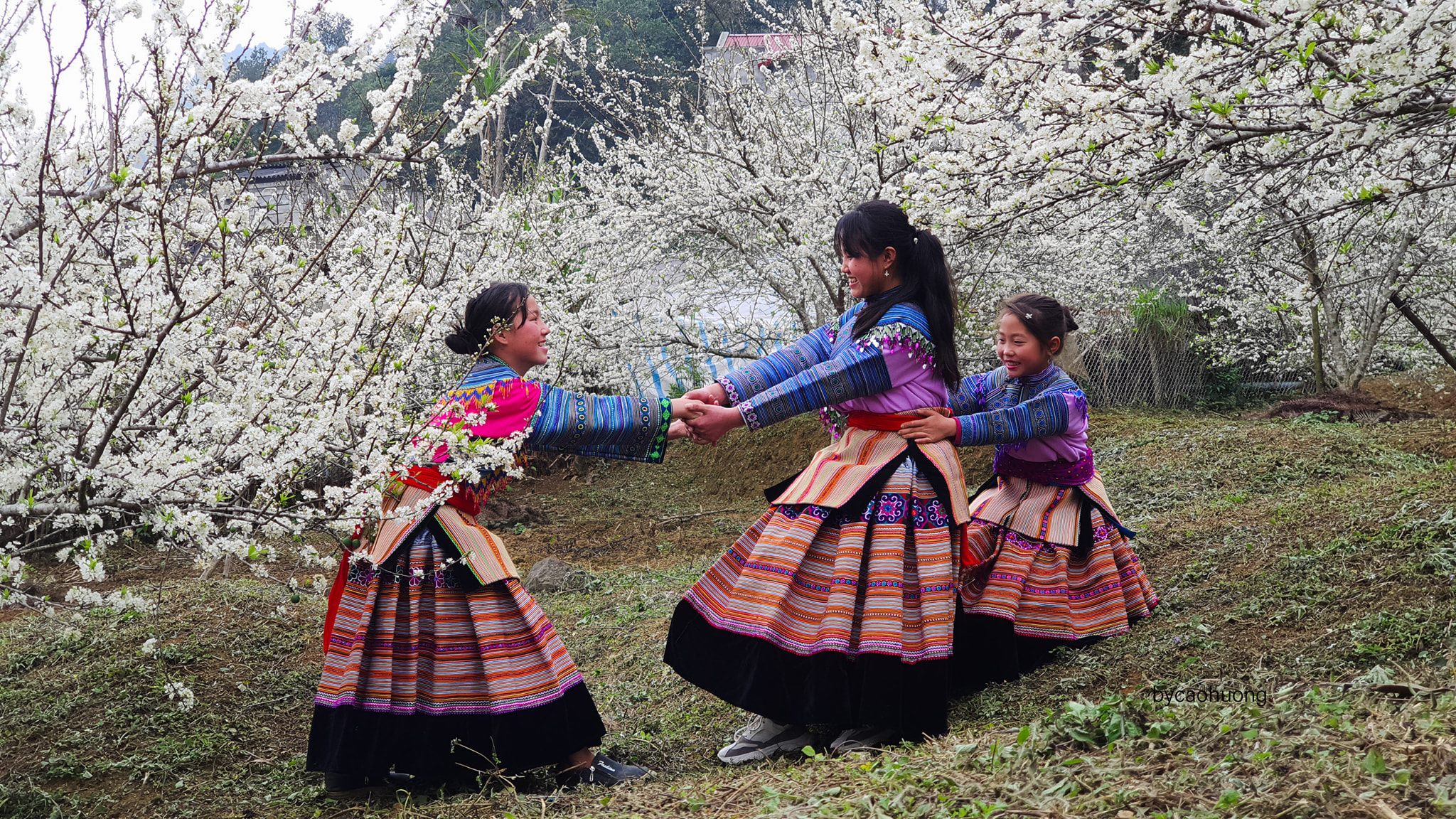



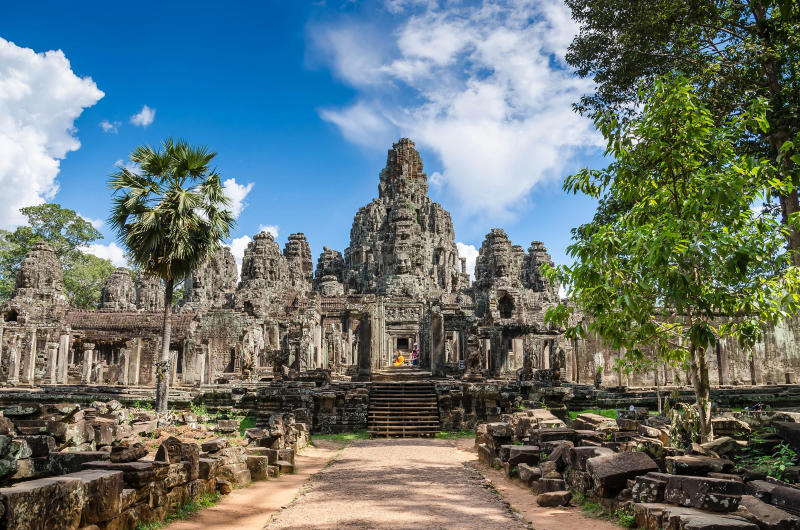
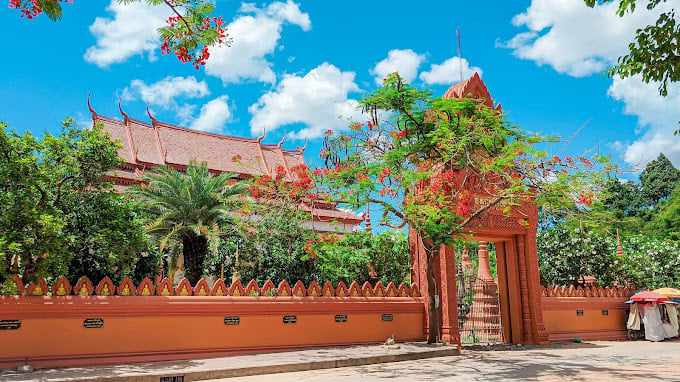

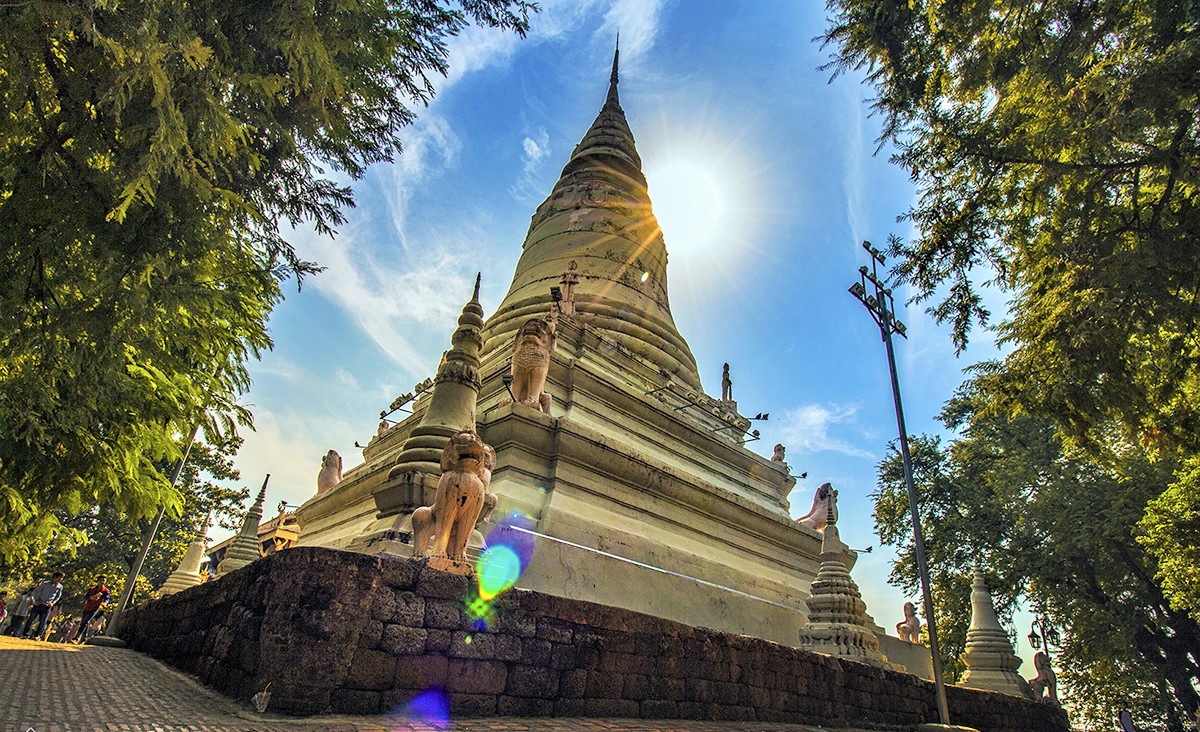
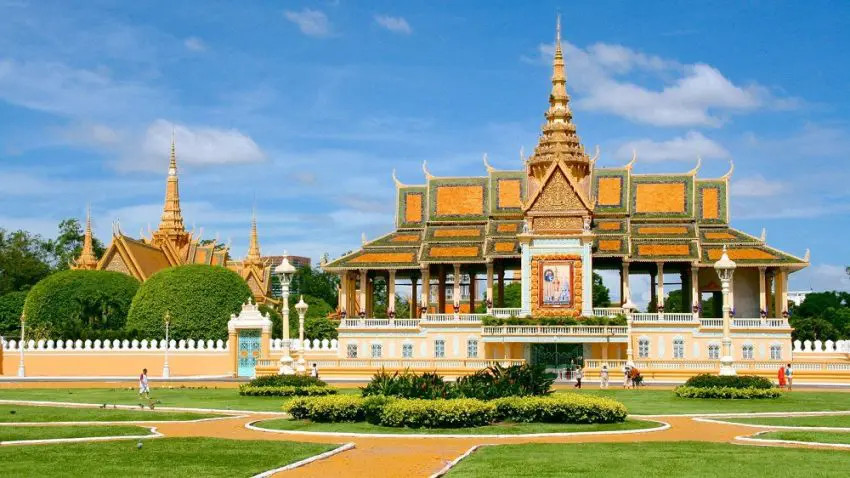


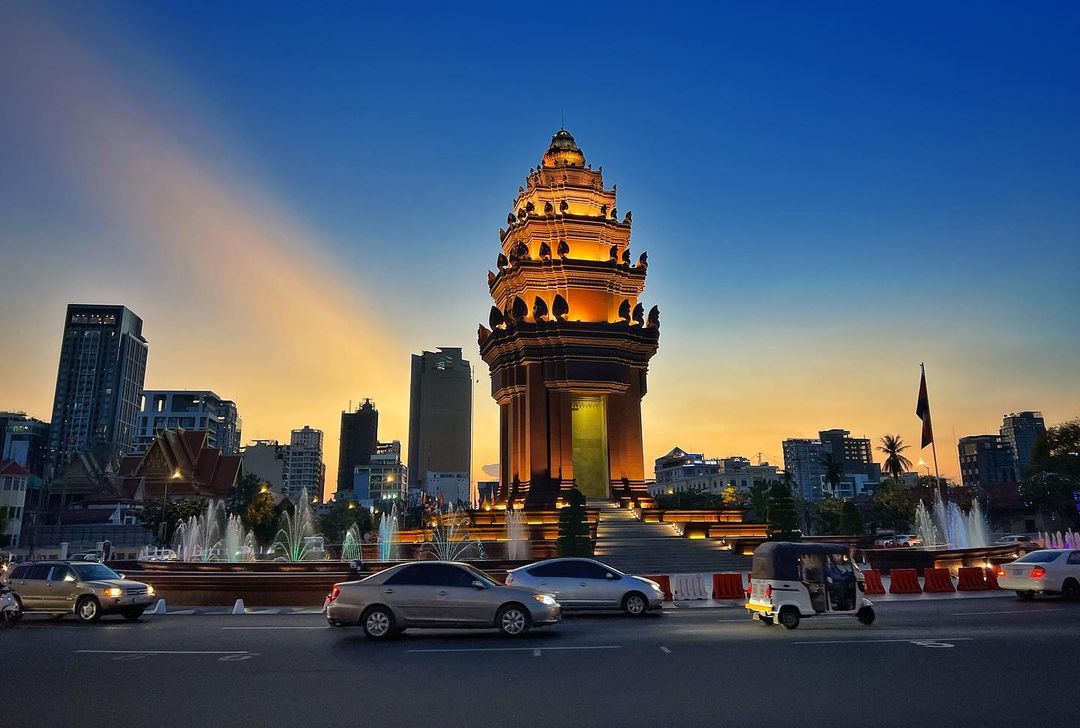
.jpg)
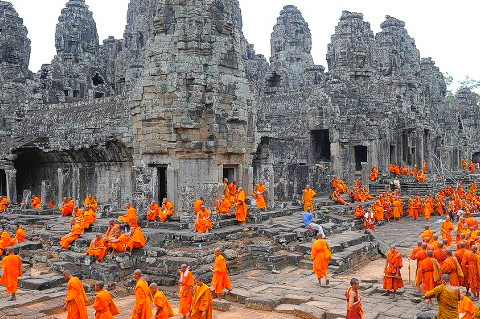
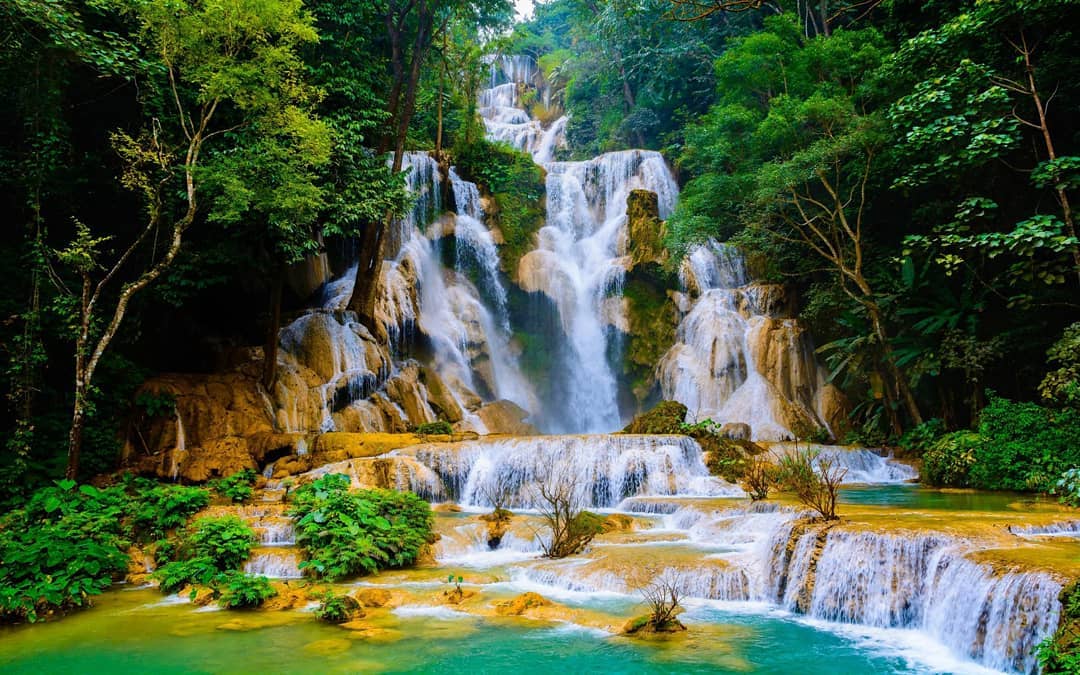
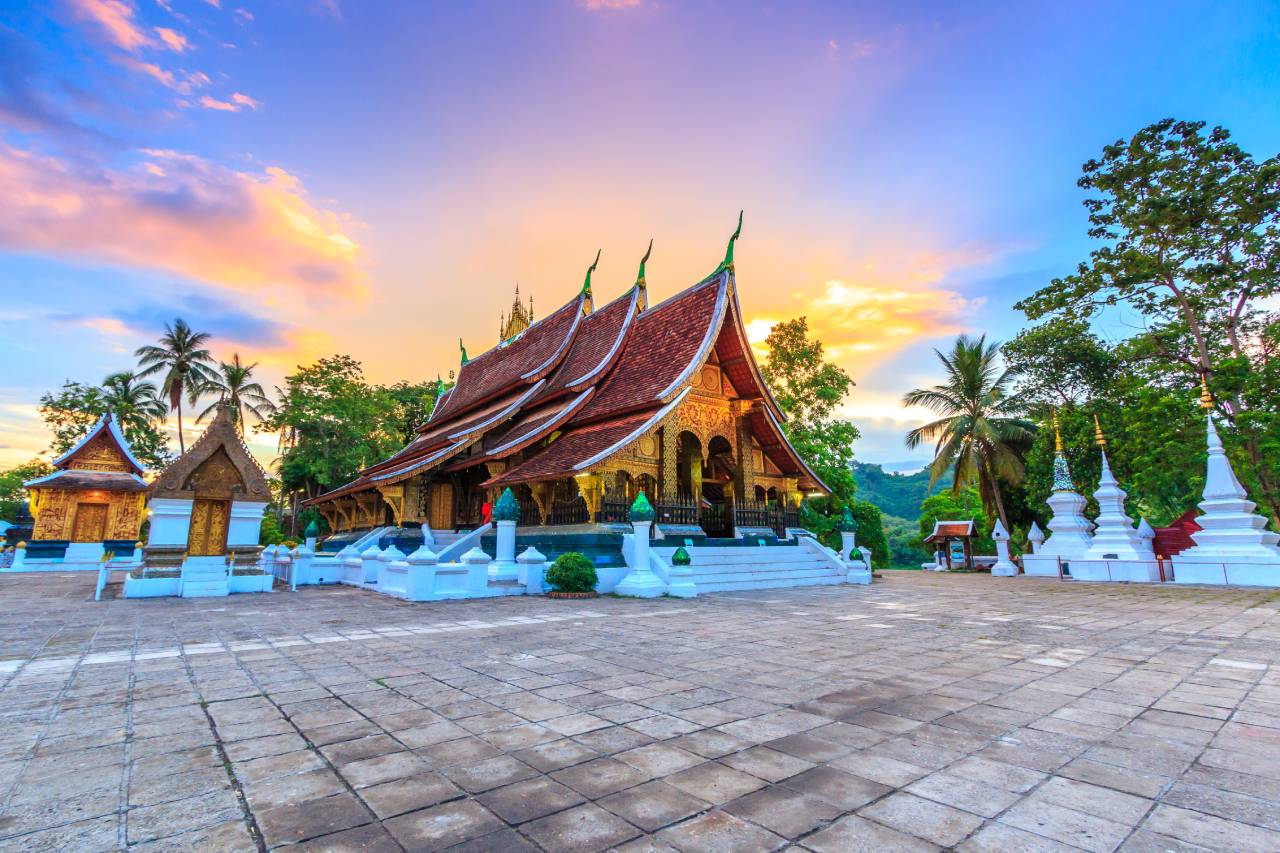
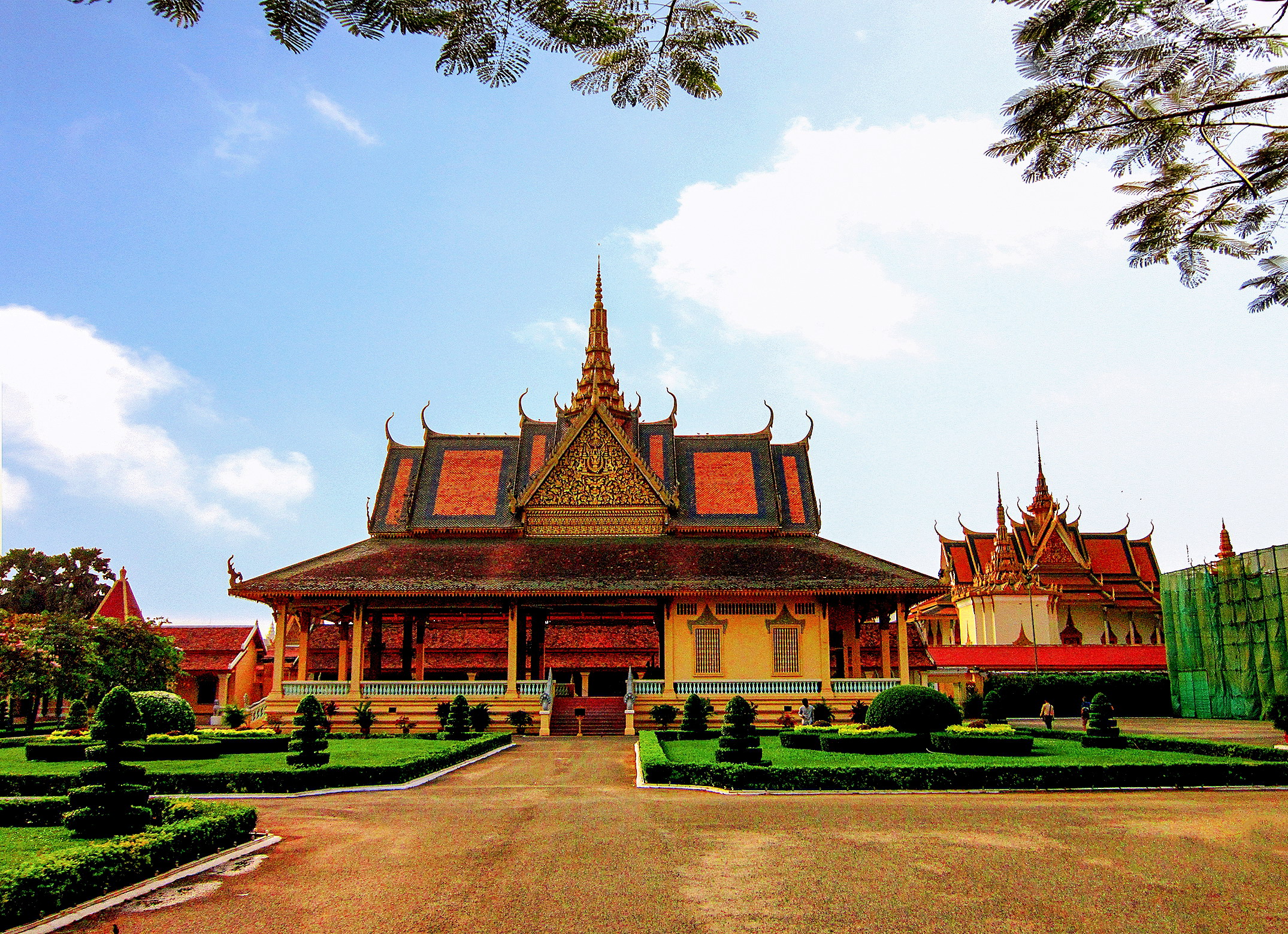
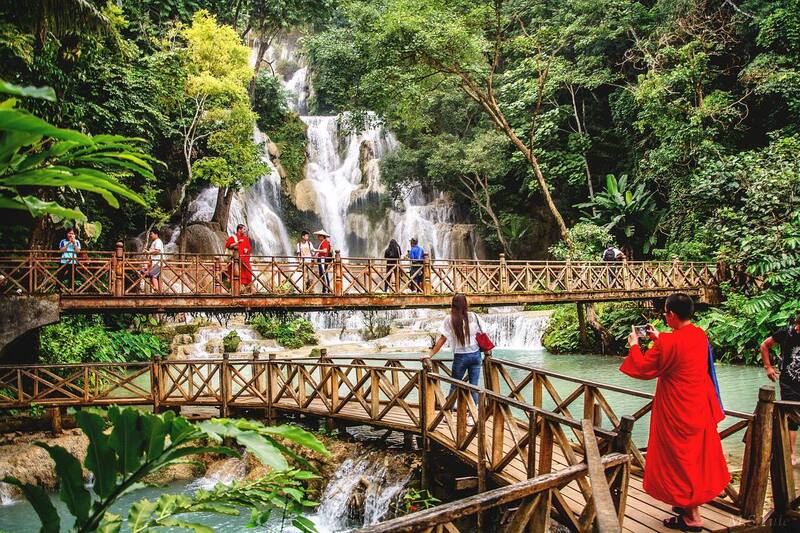
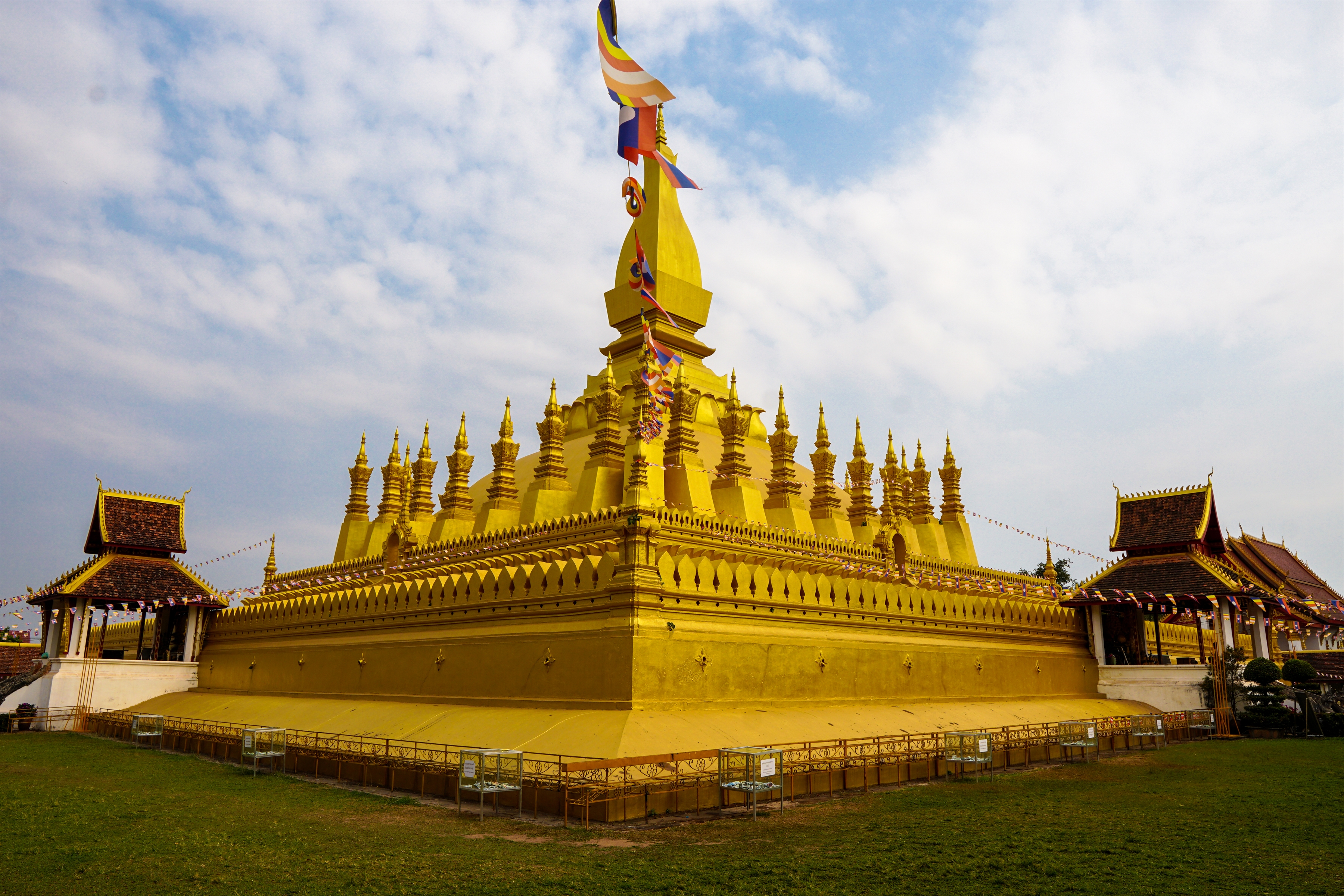
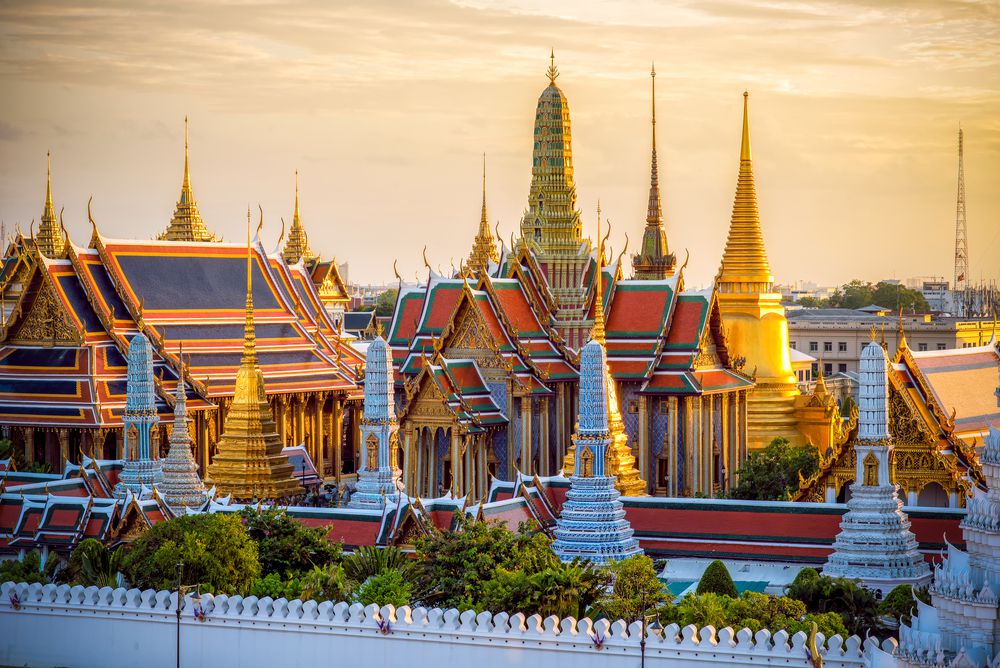
.jpg)
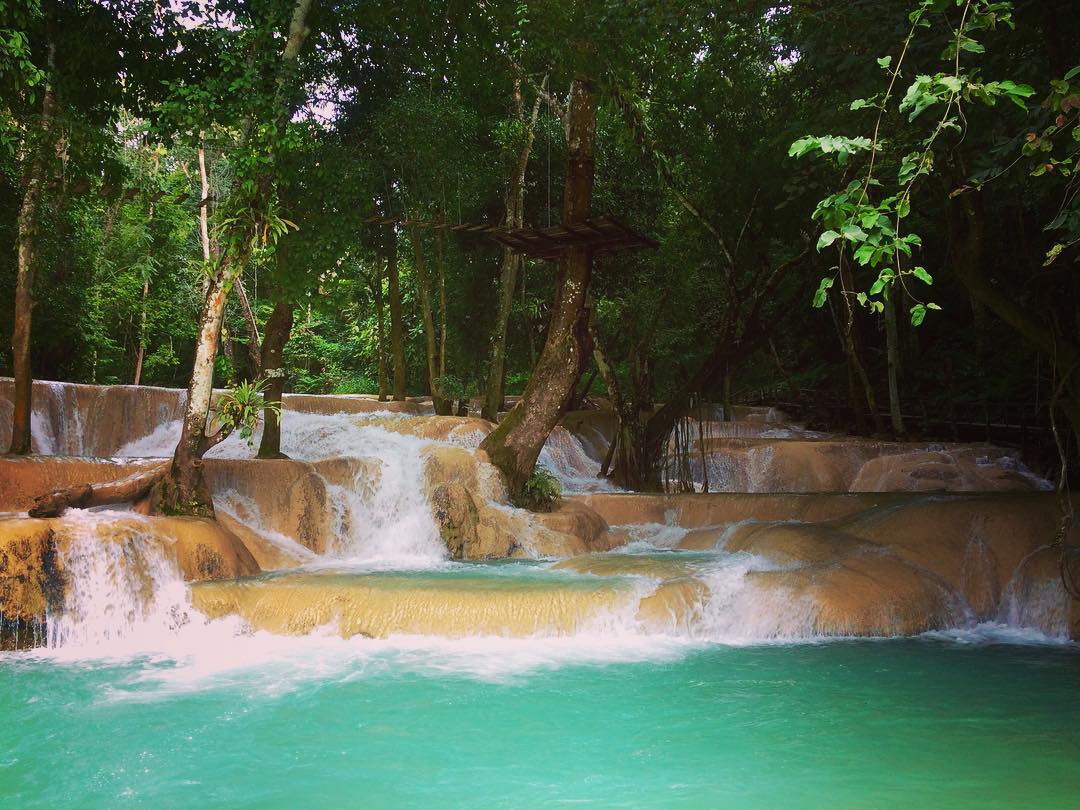
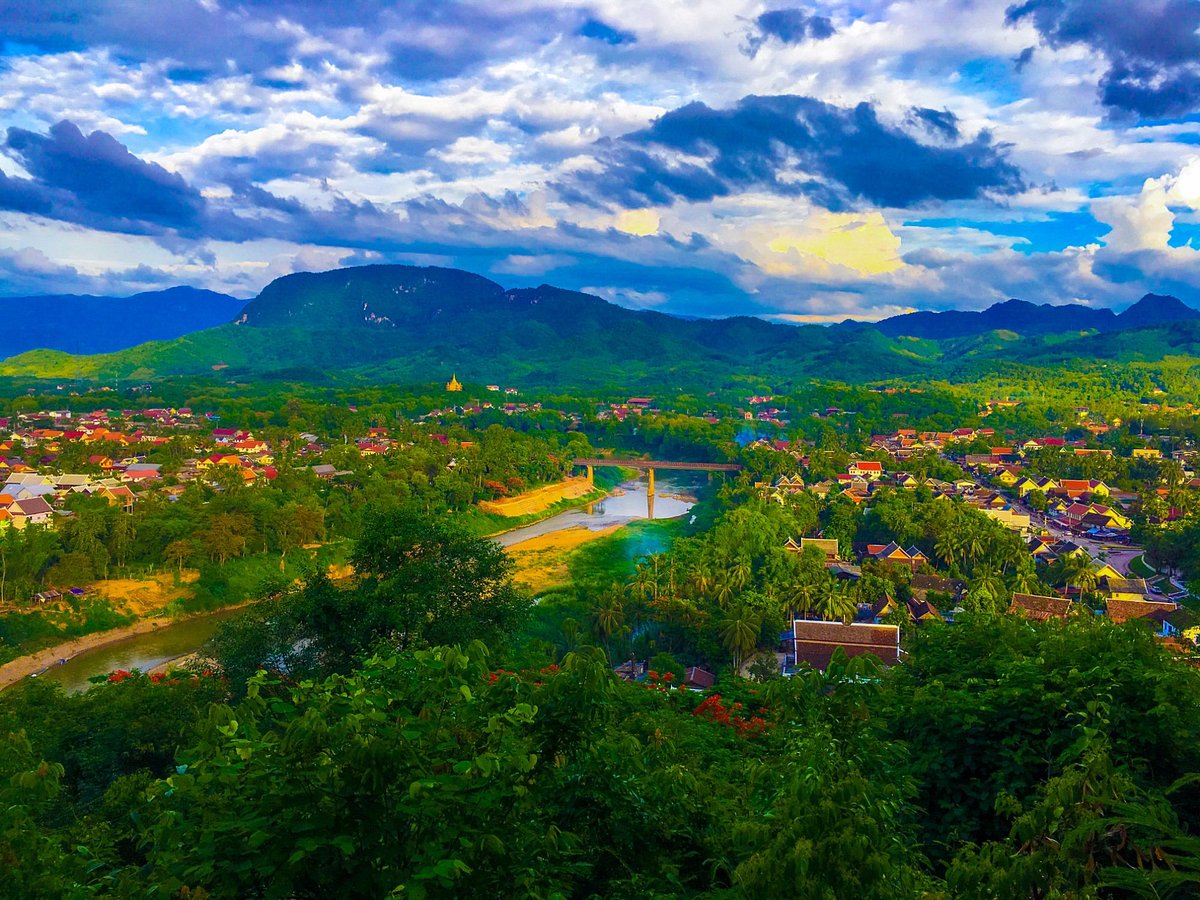
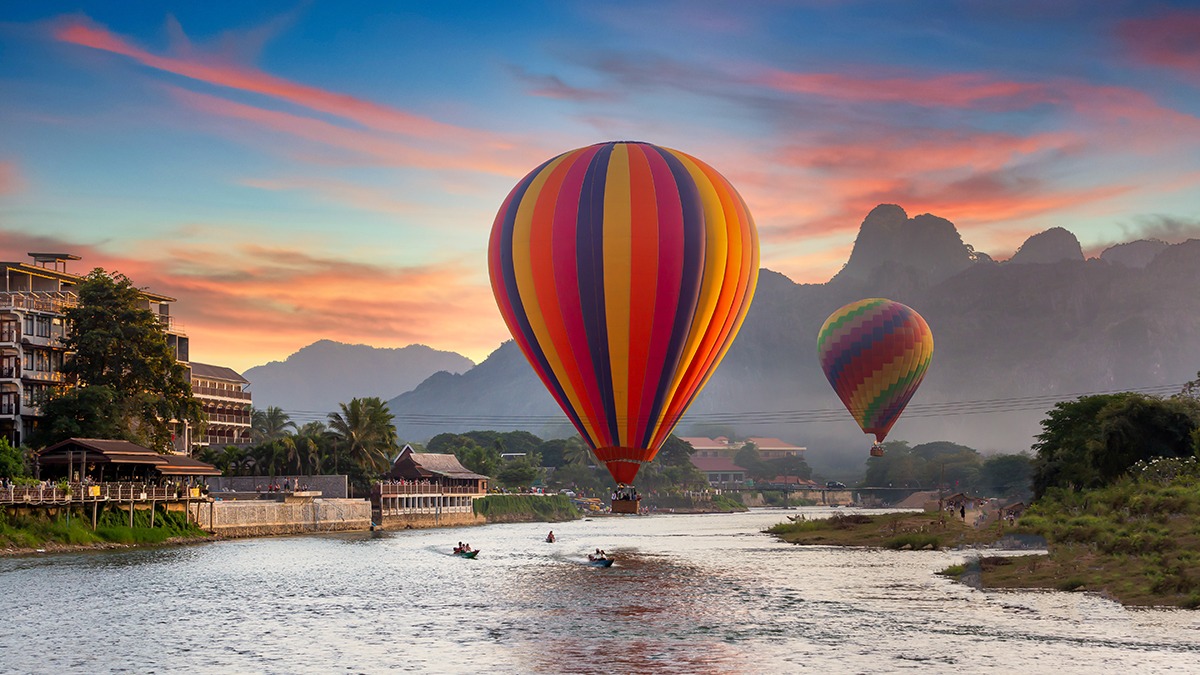
.jpg)

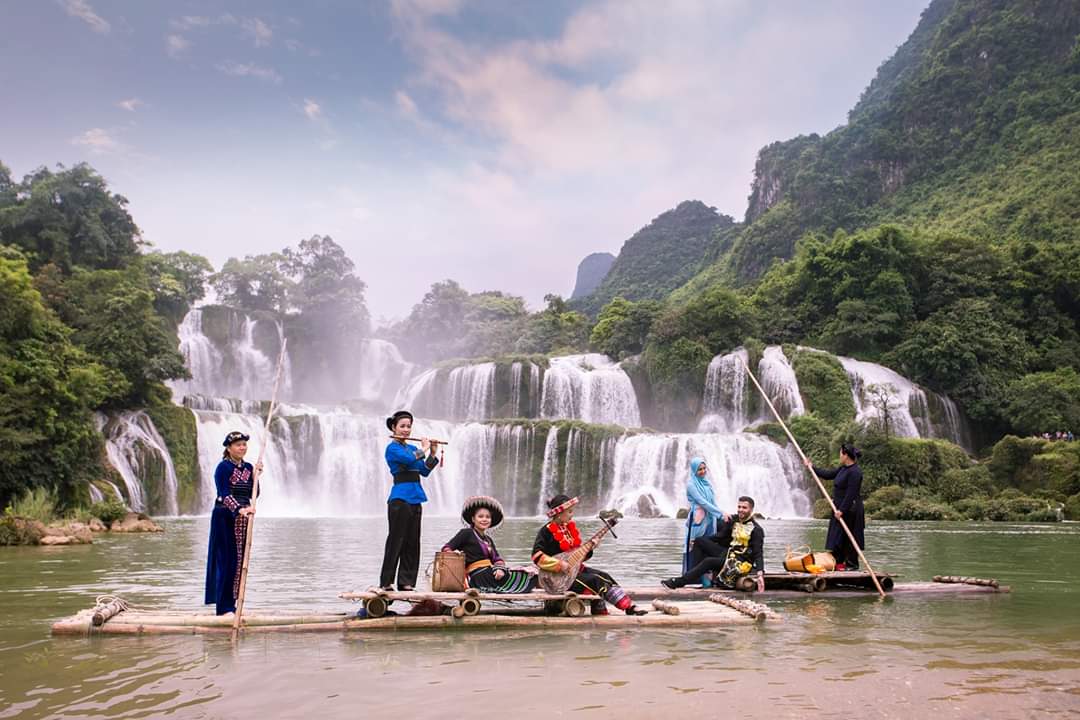
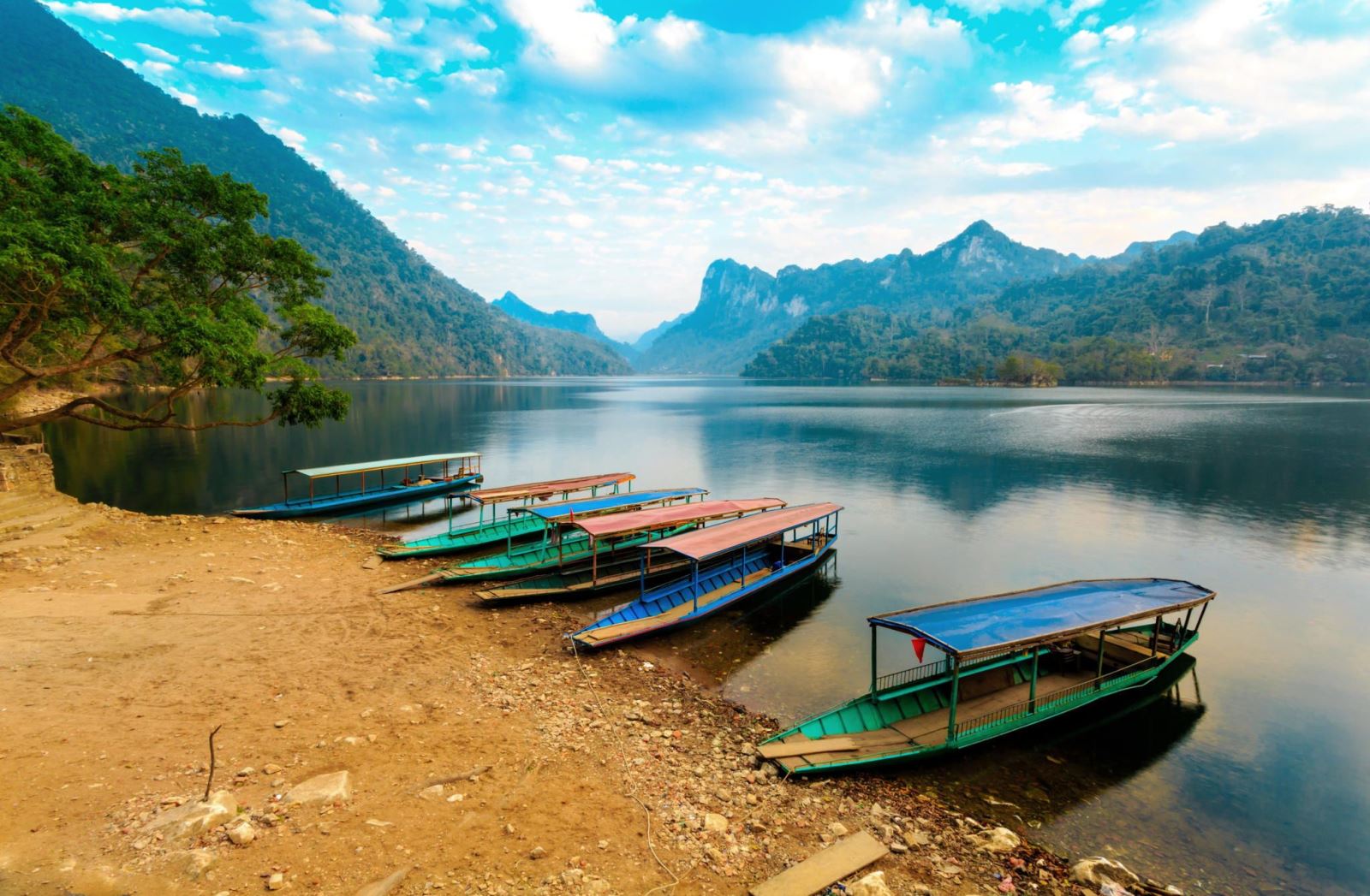
.png)


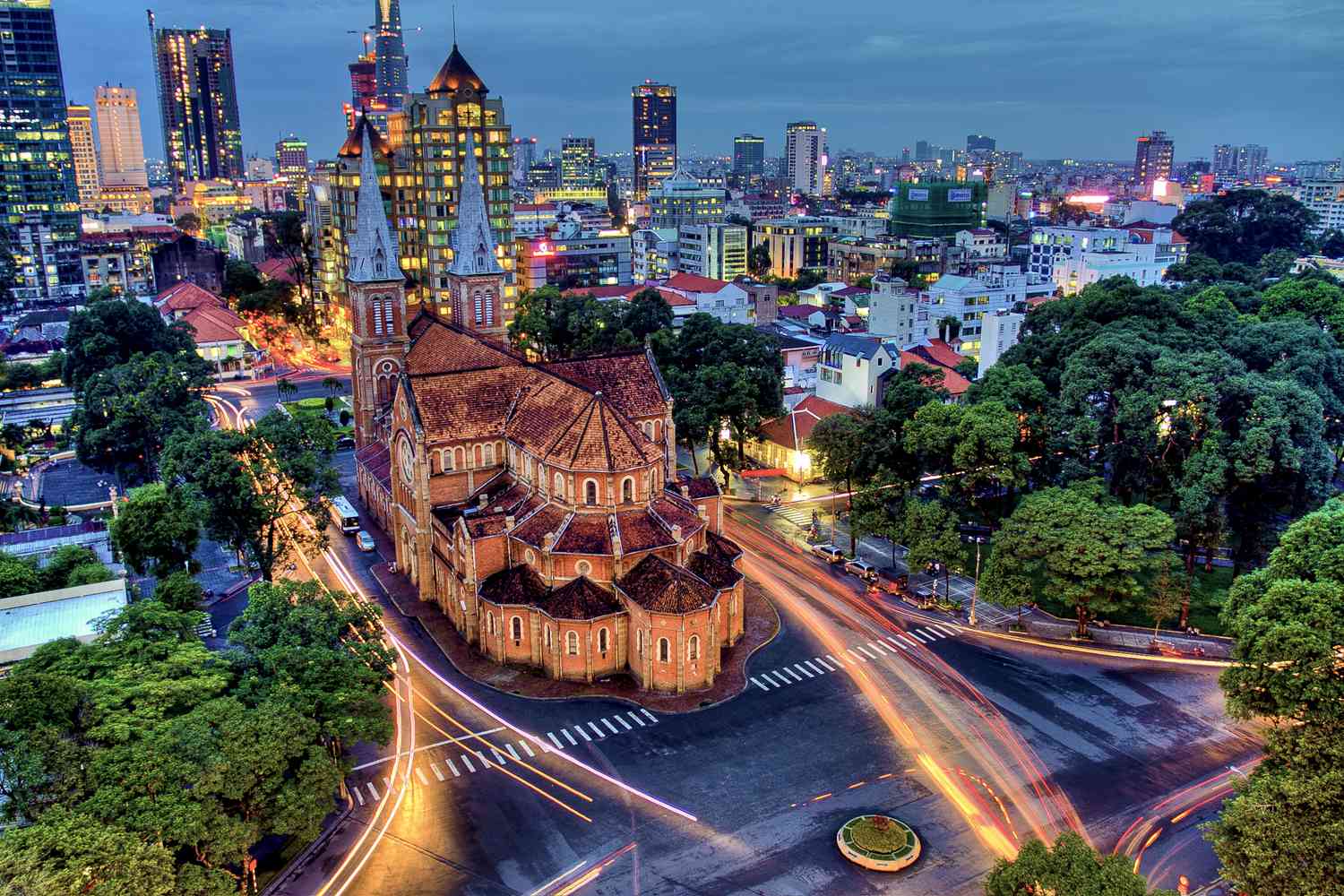

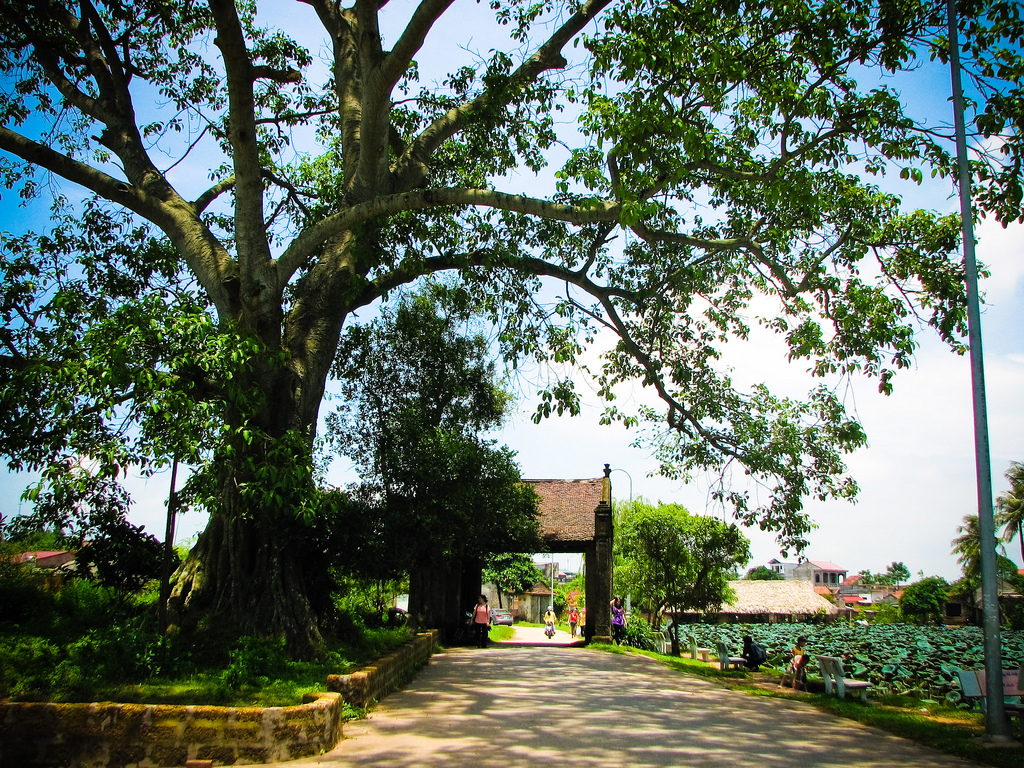
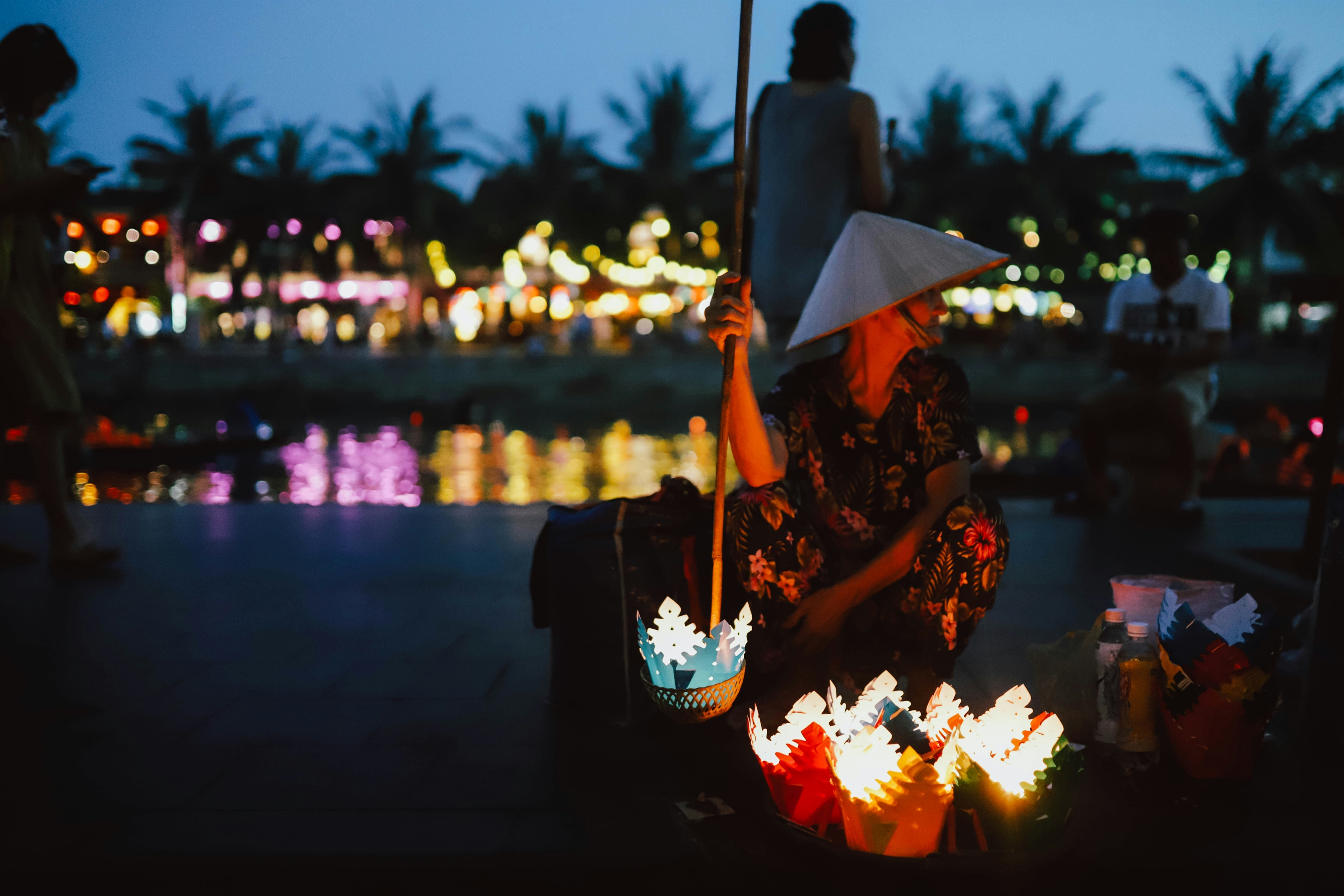
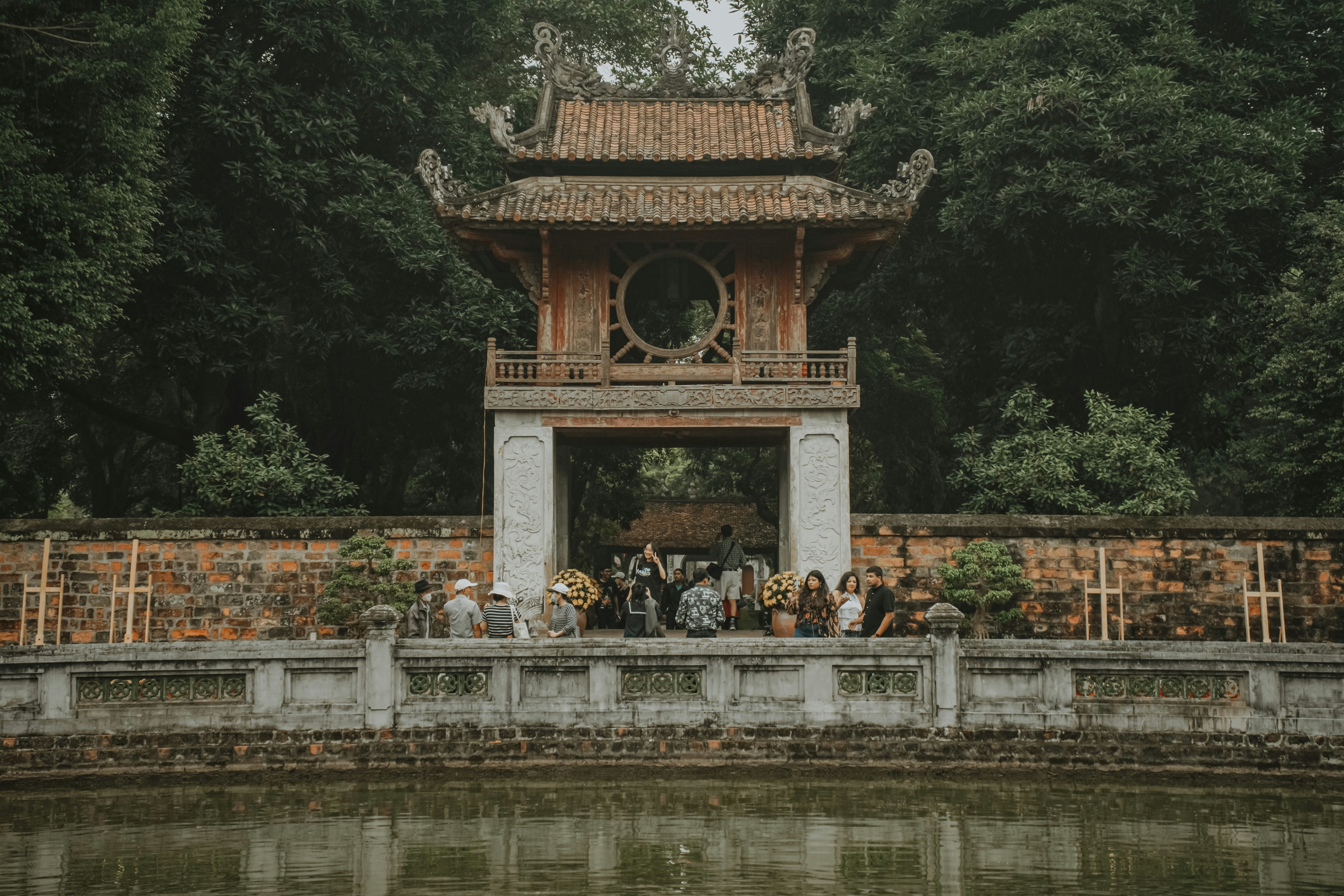

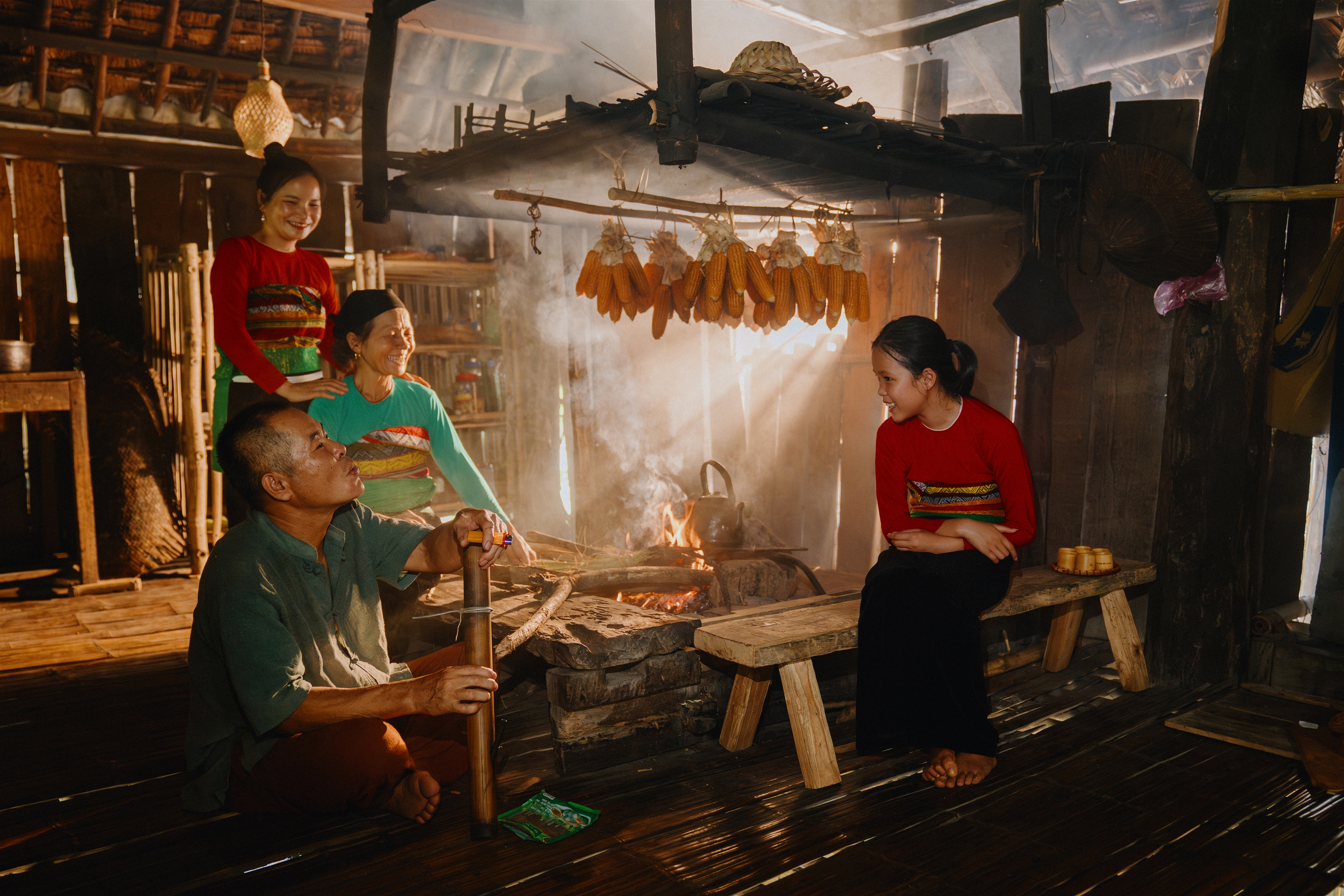

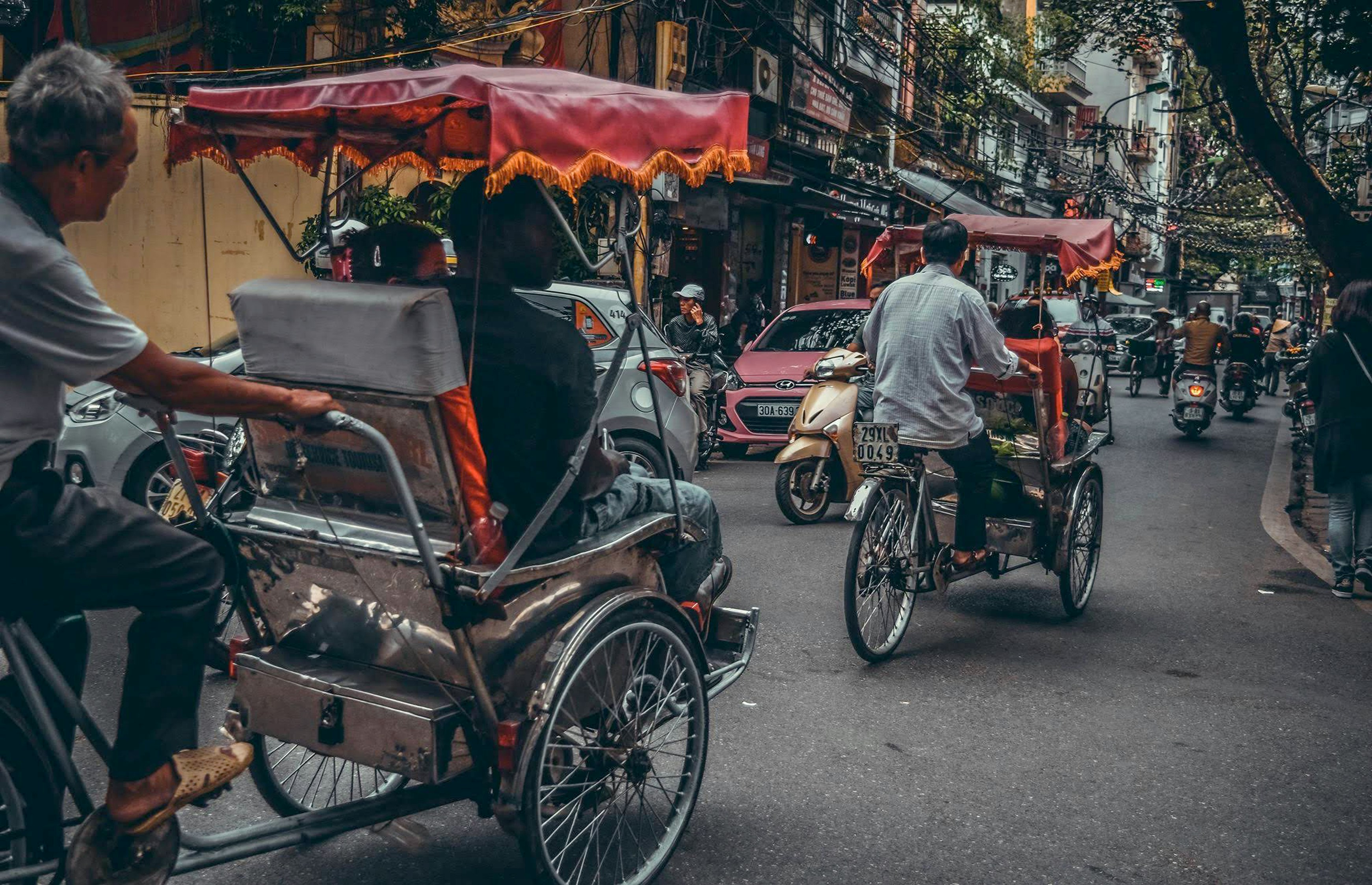
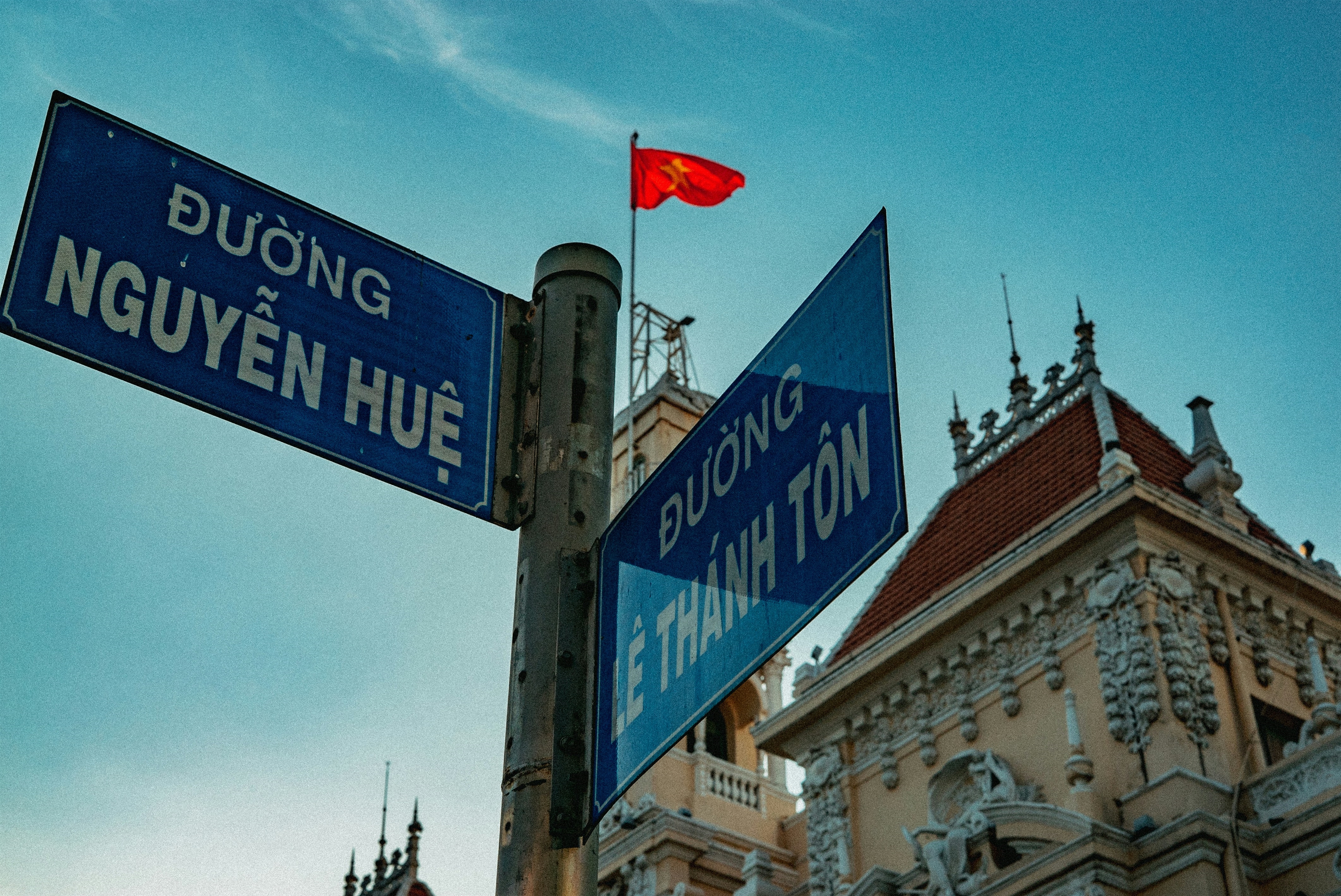
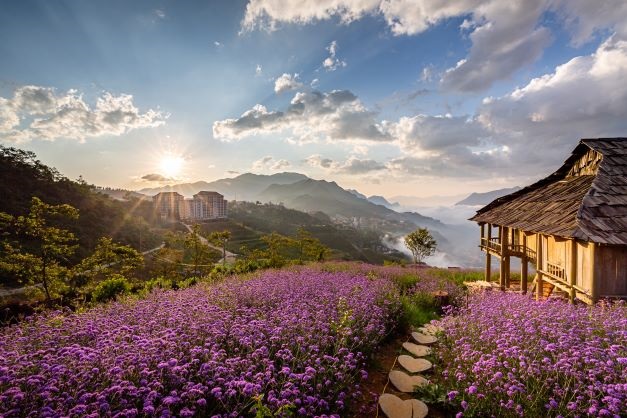
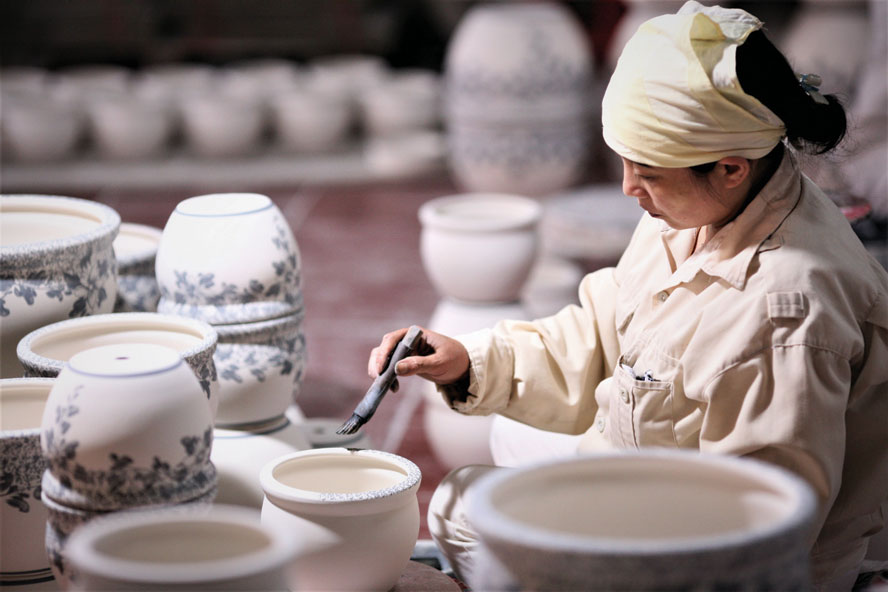

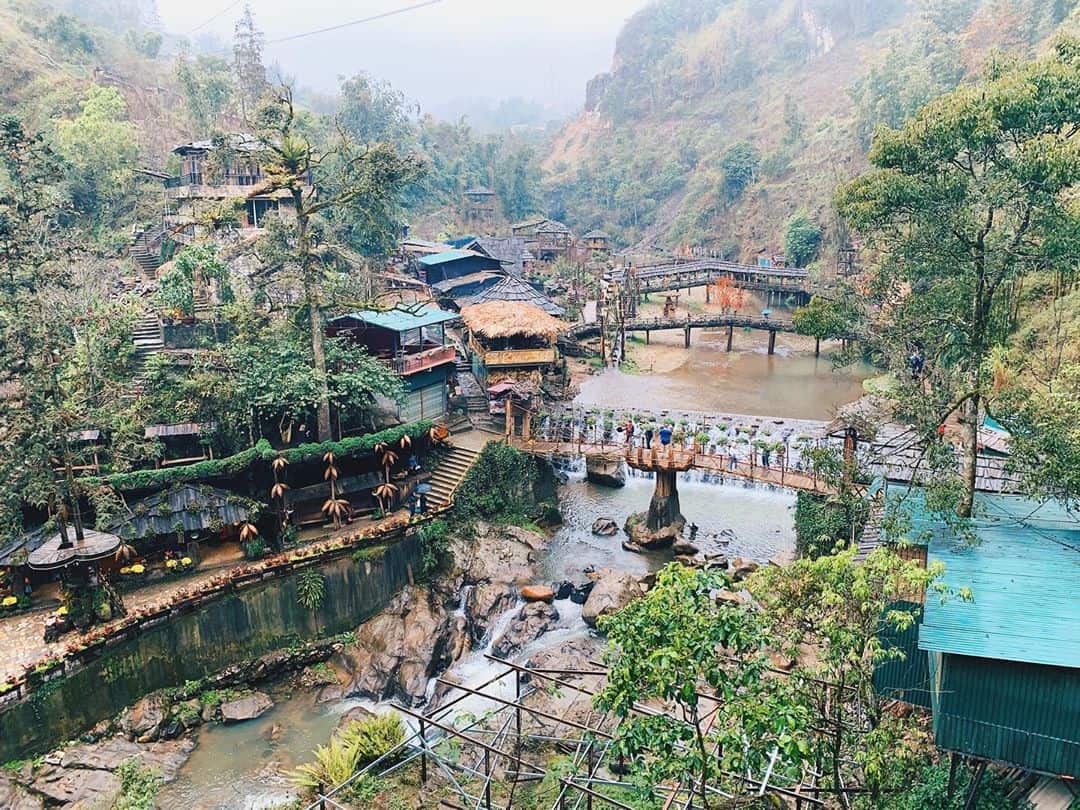
.jpg)
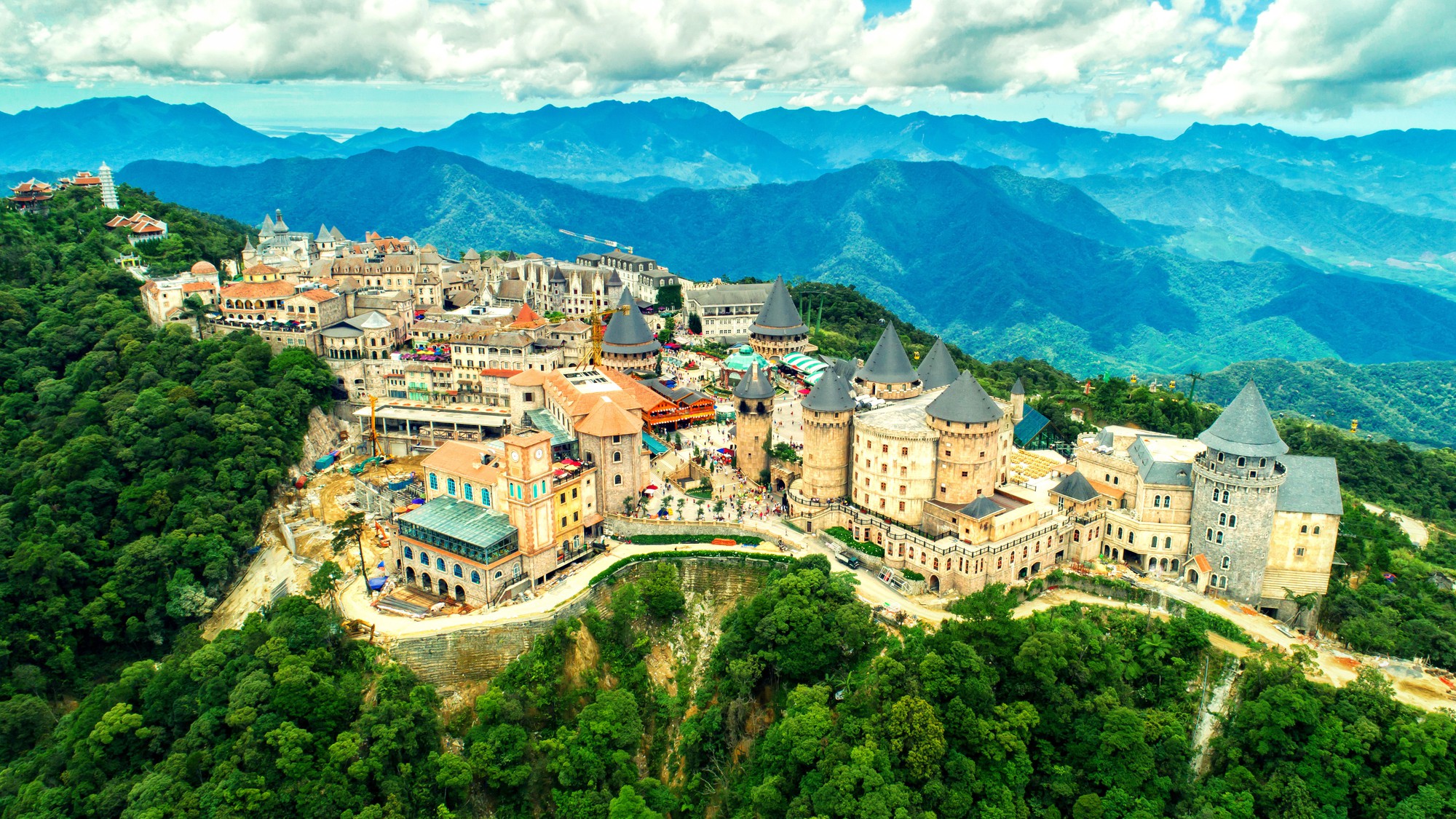

.jpg)
